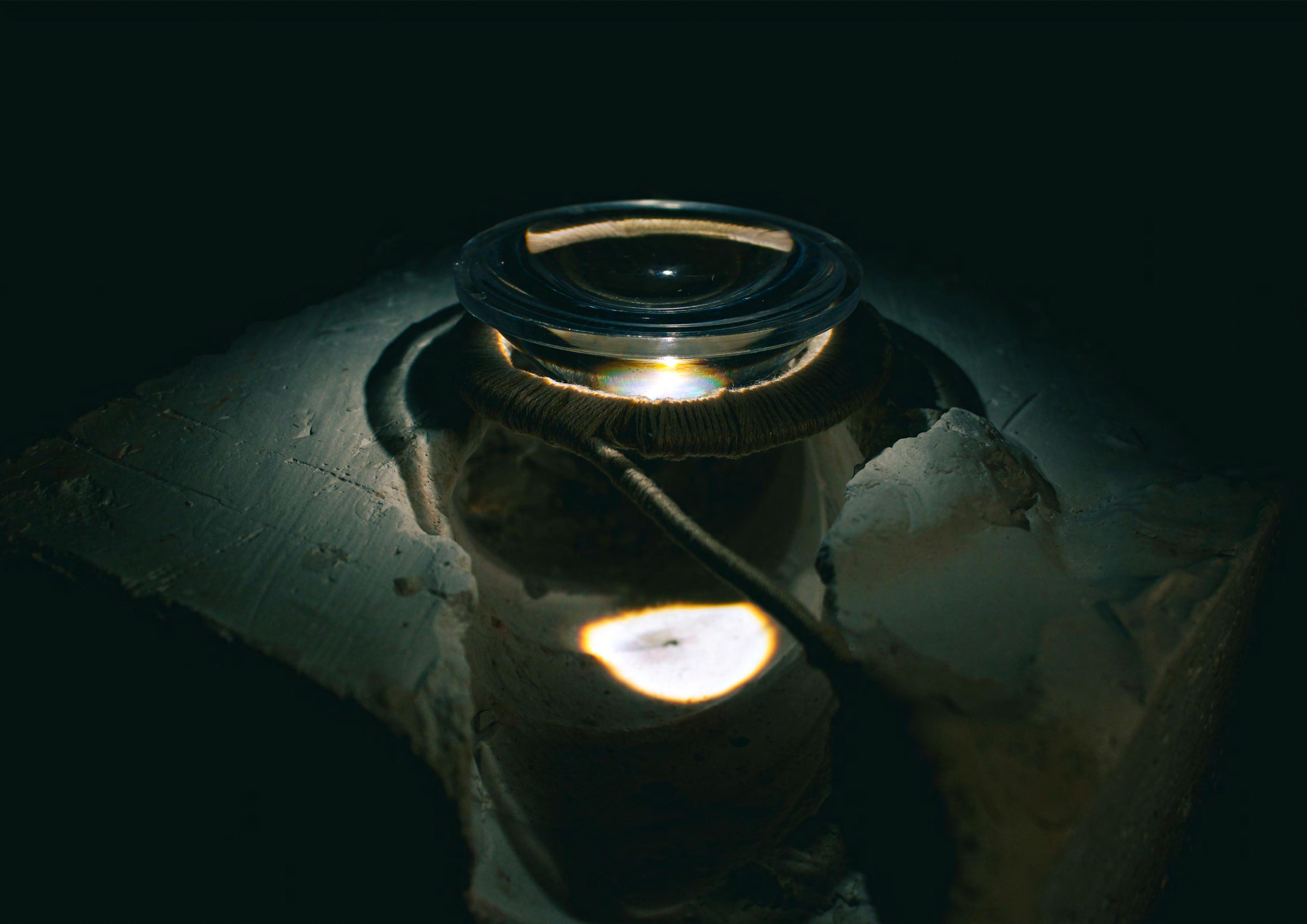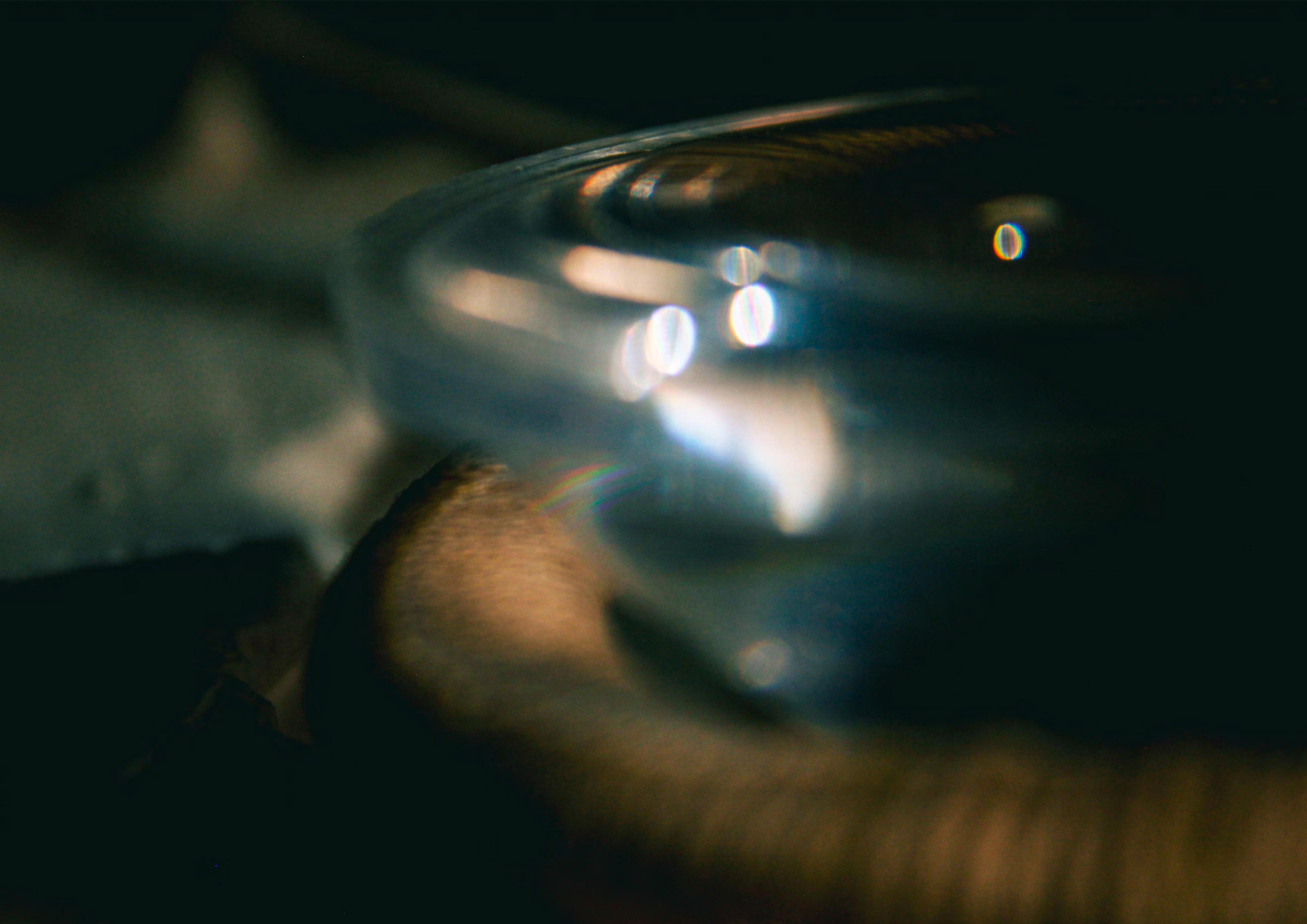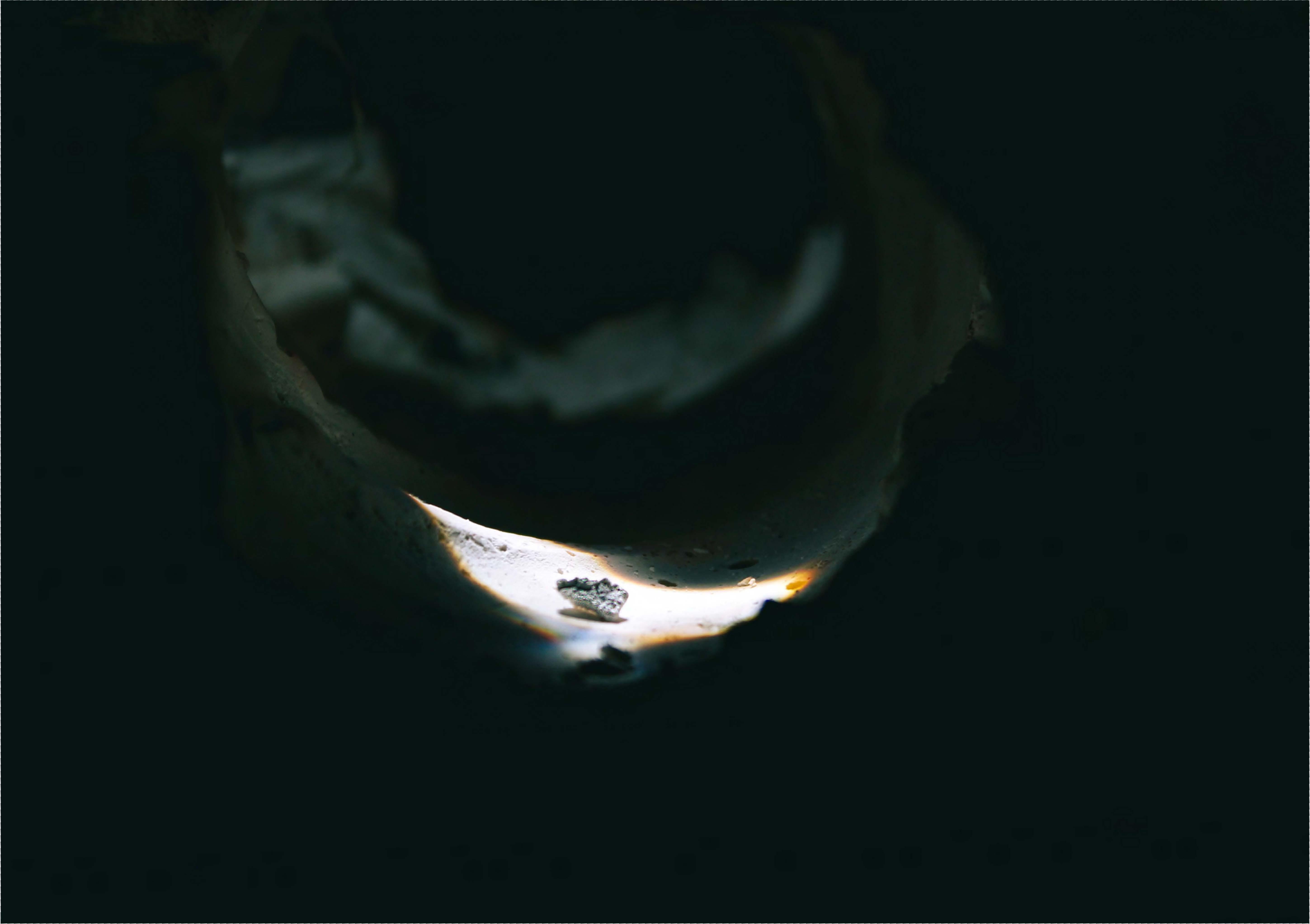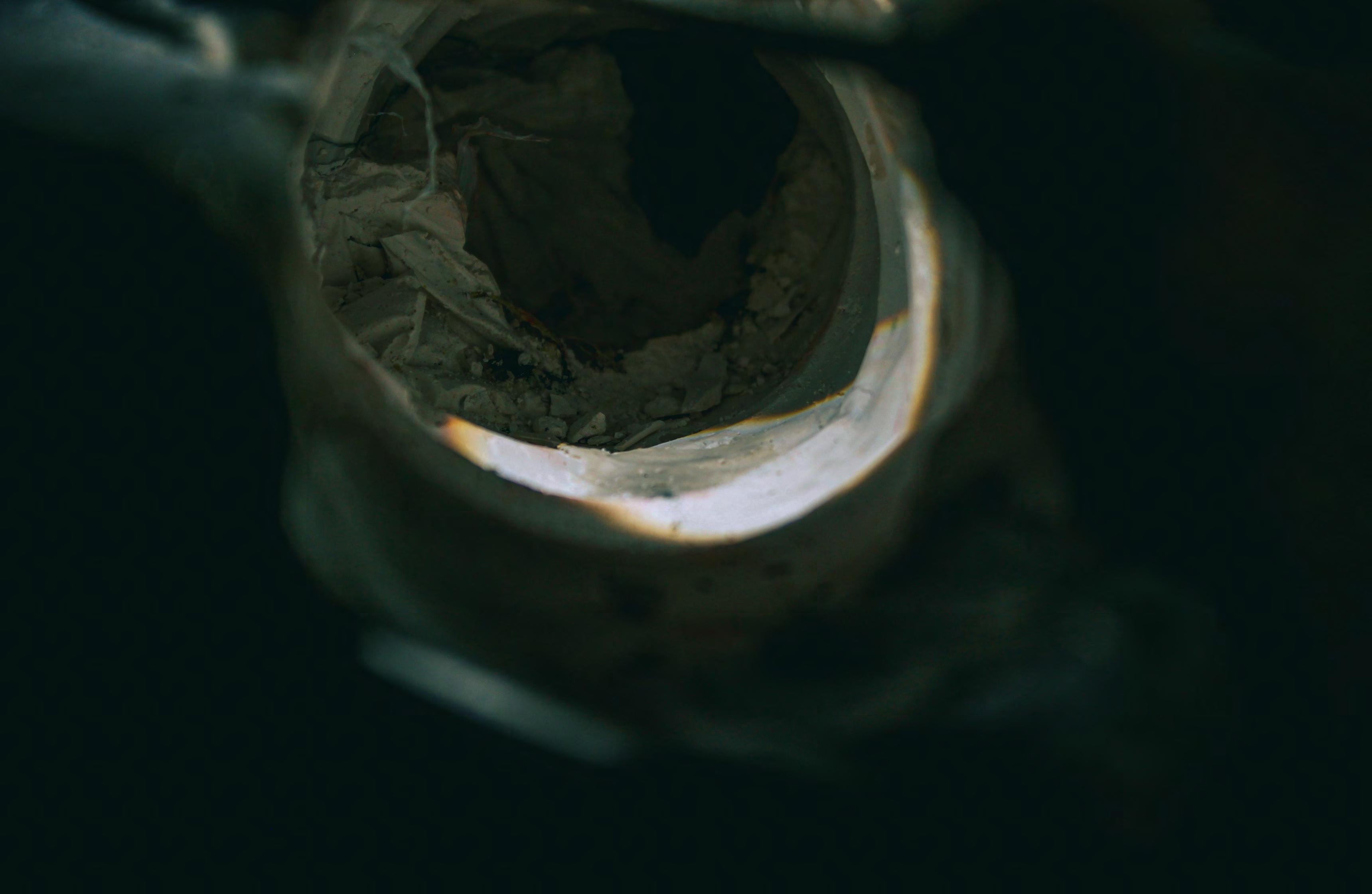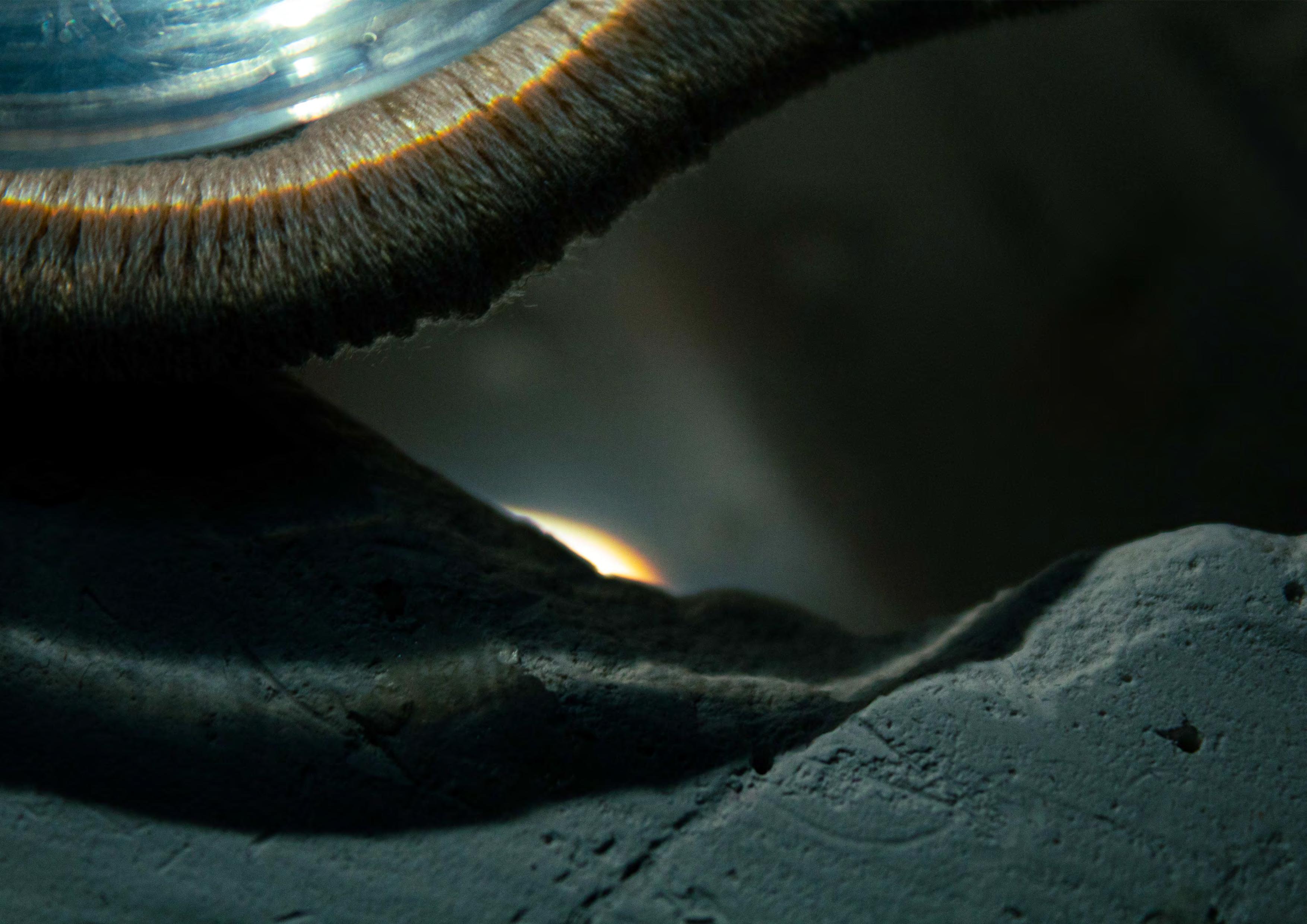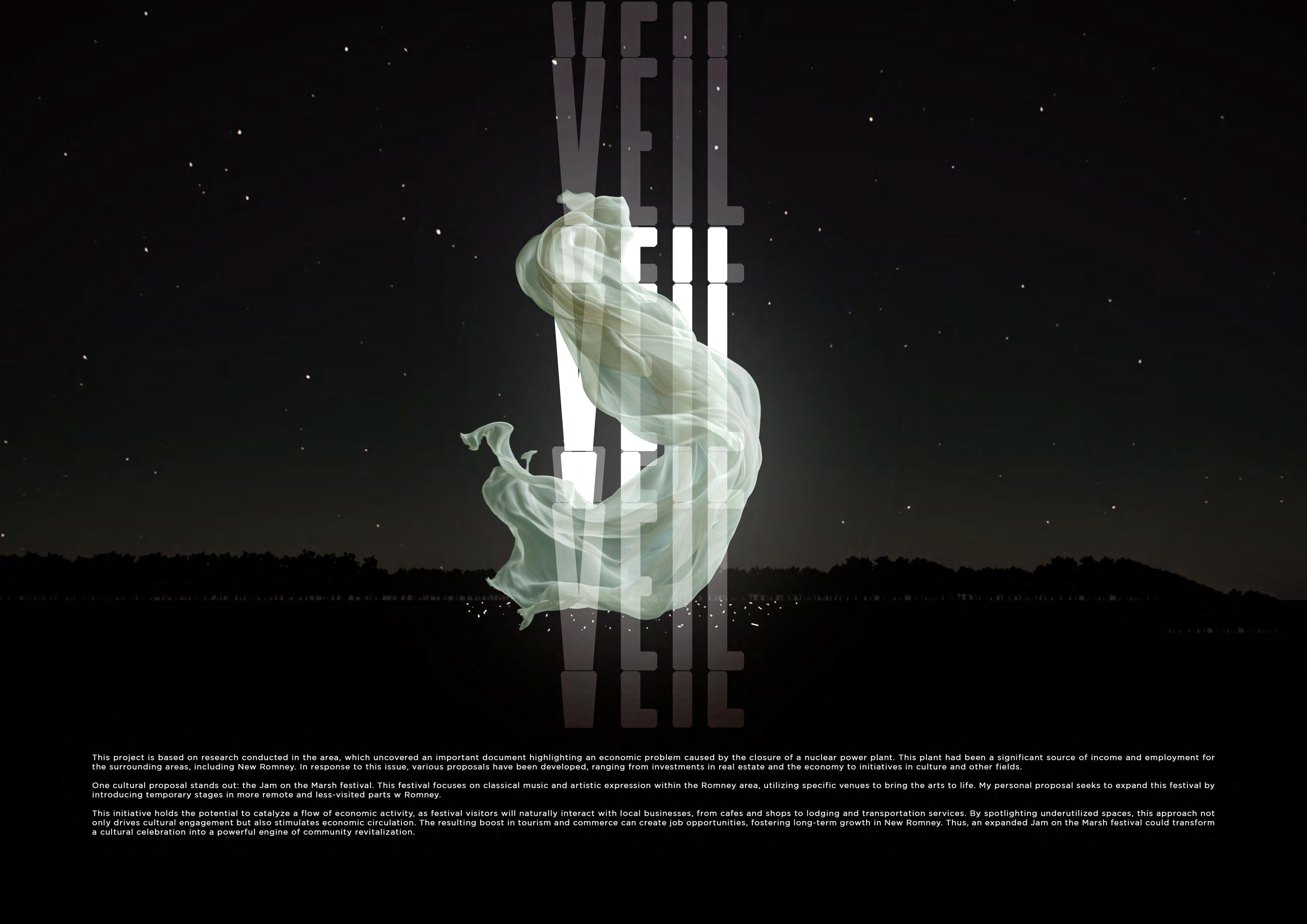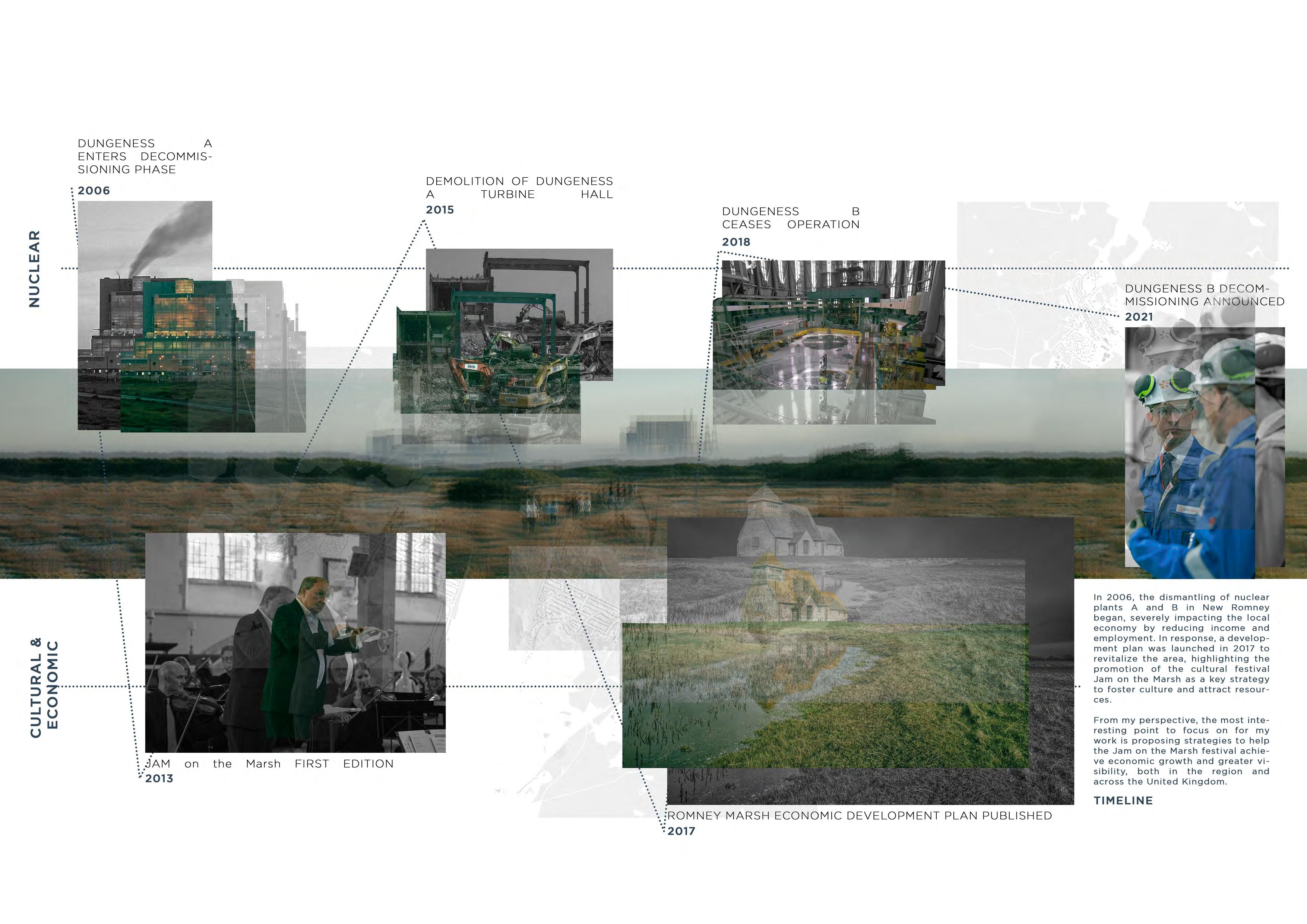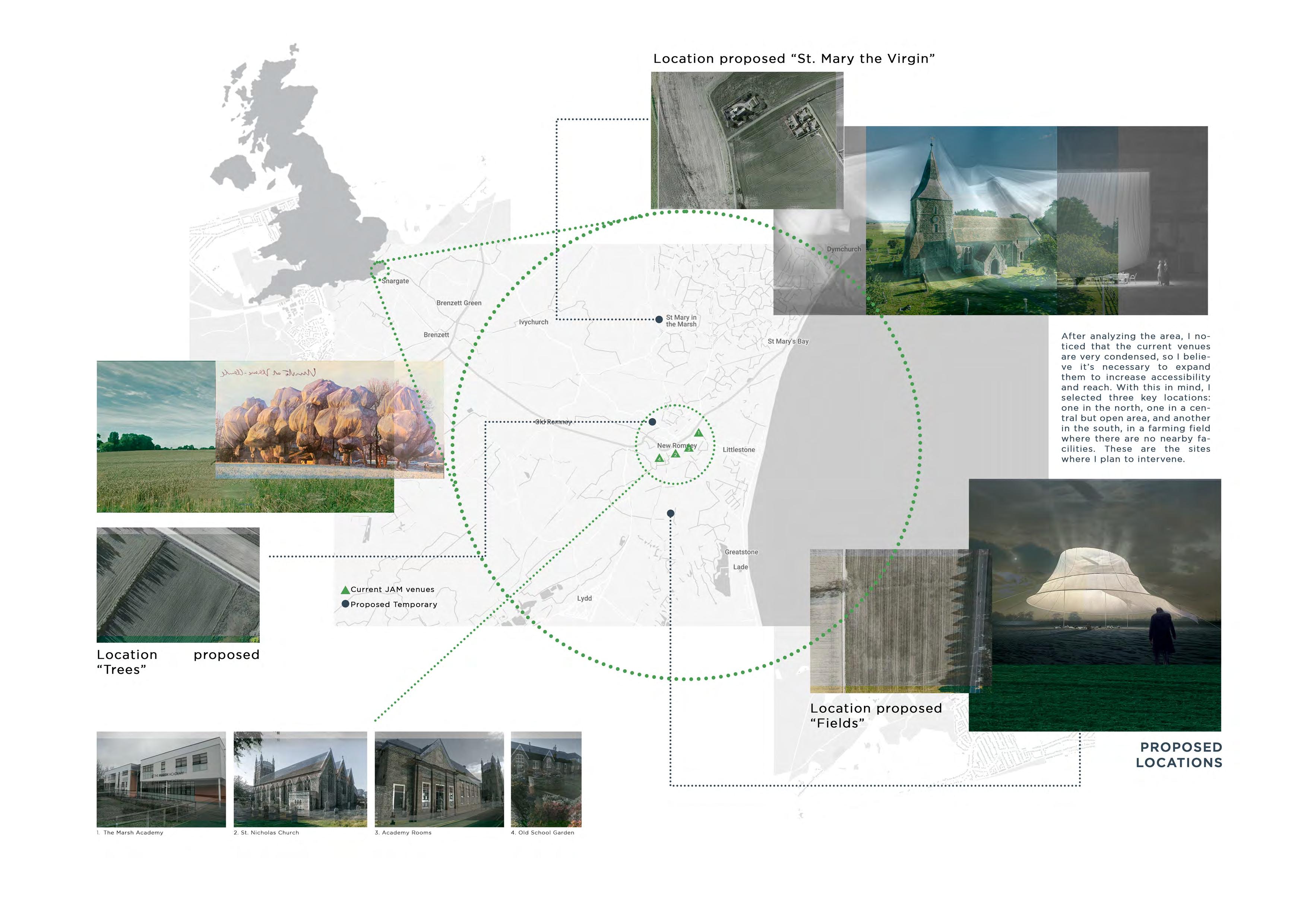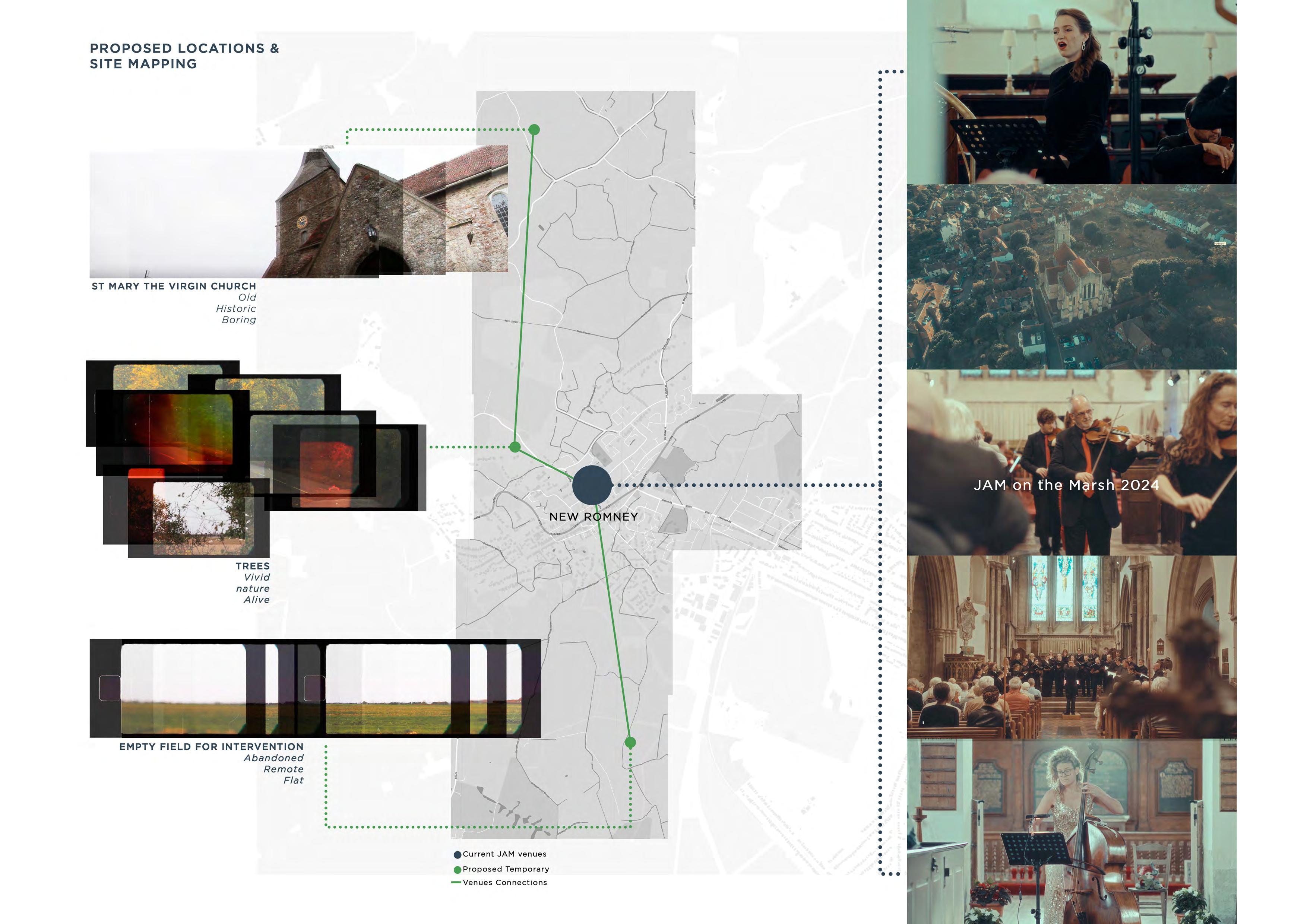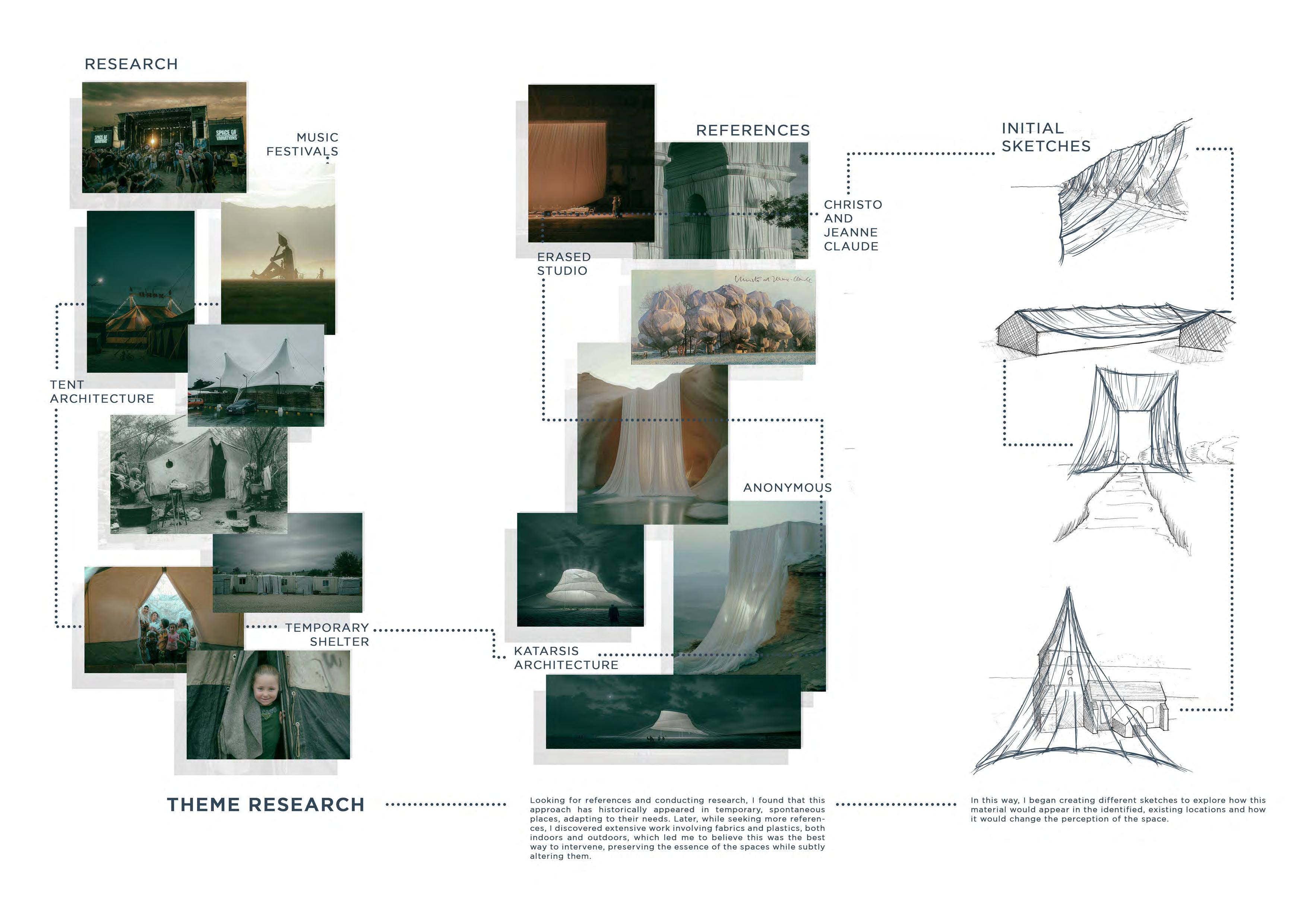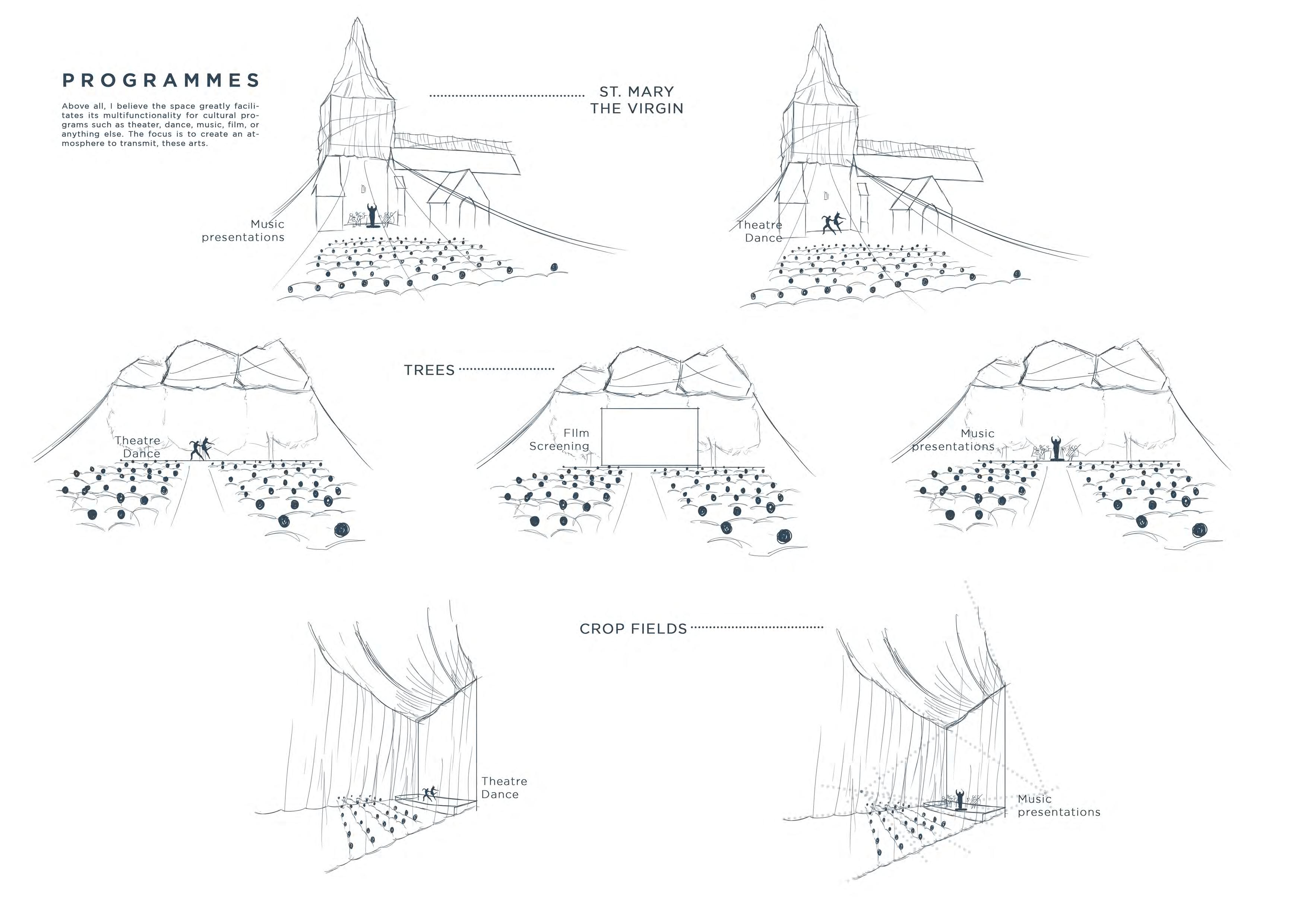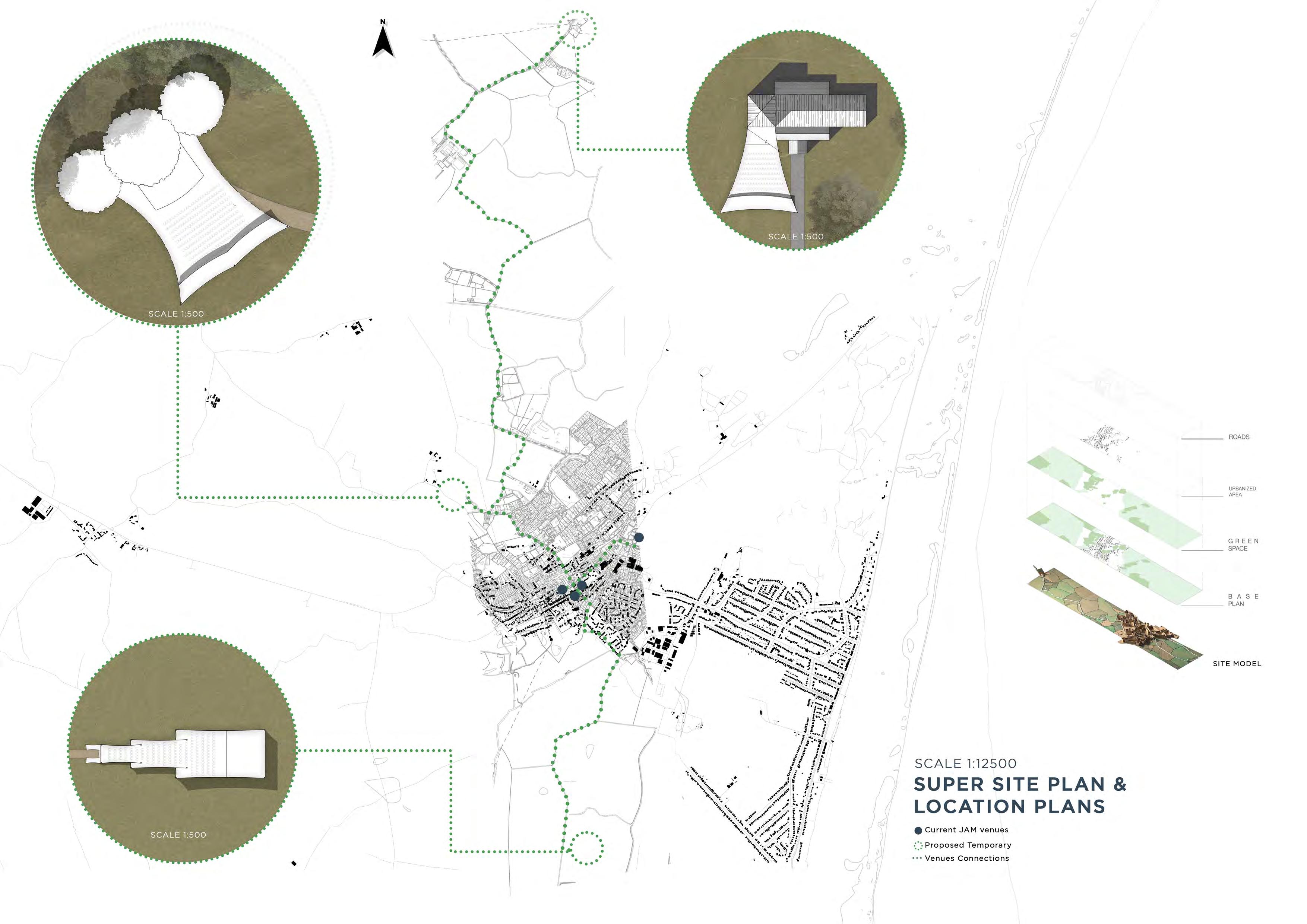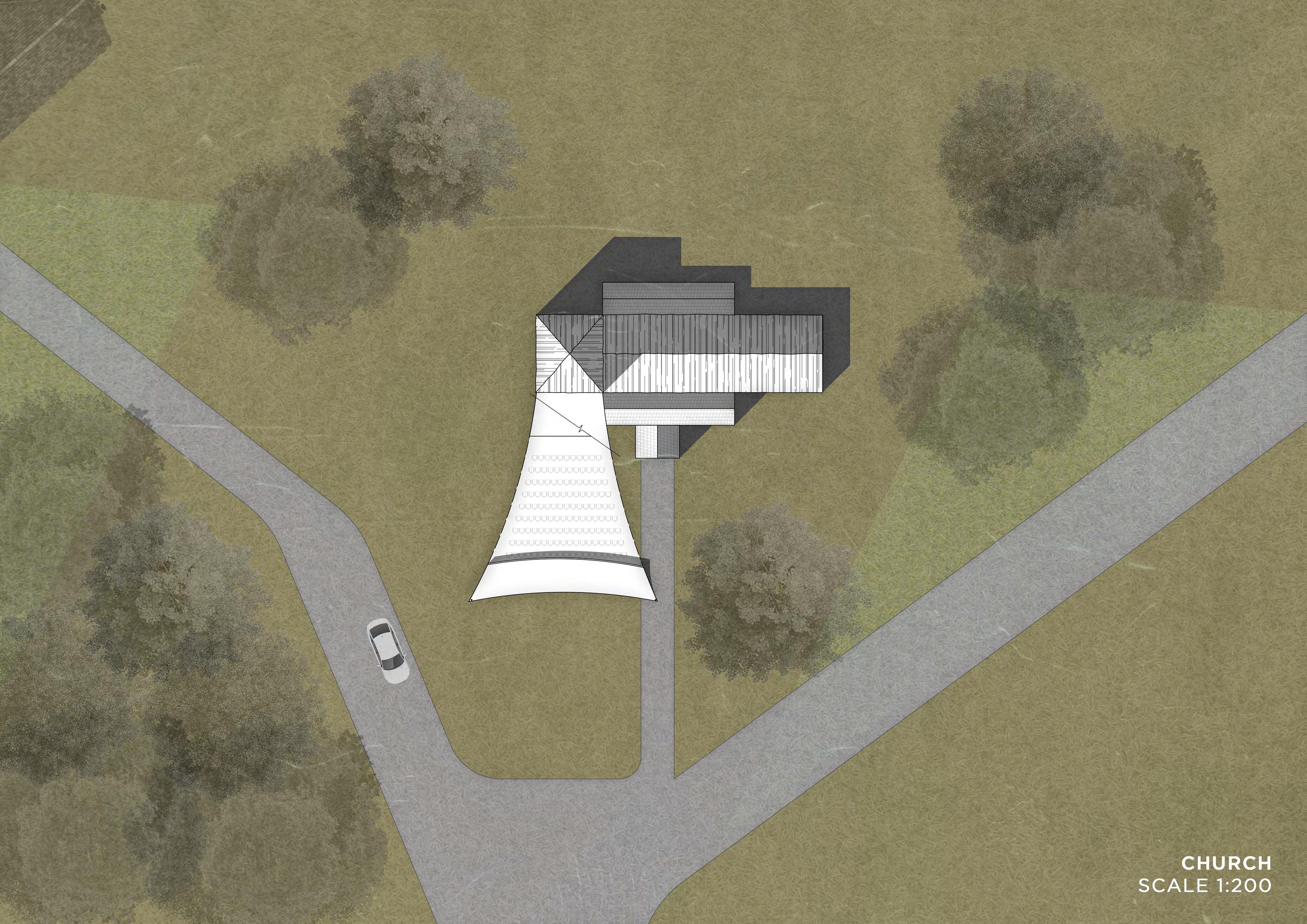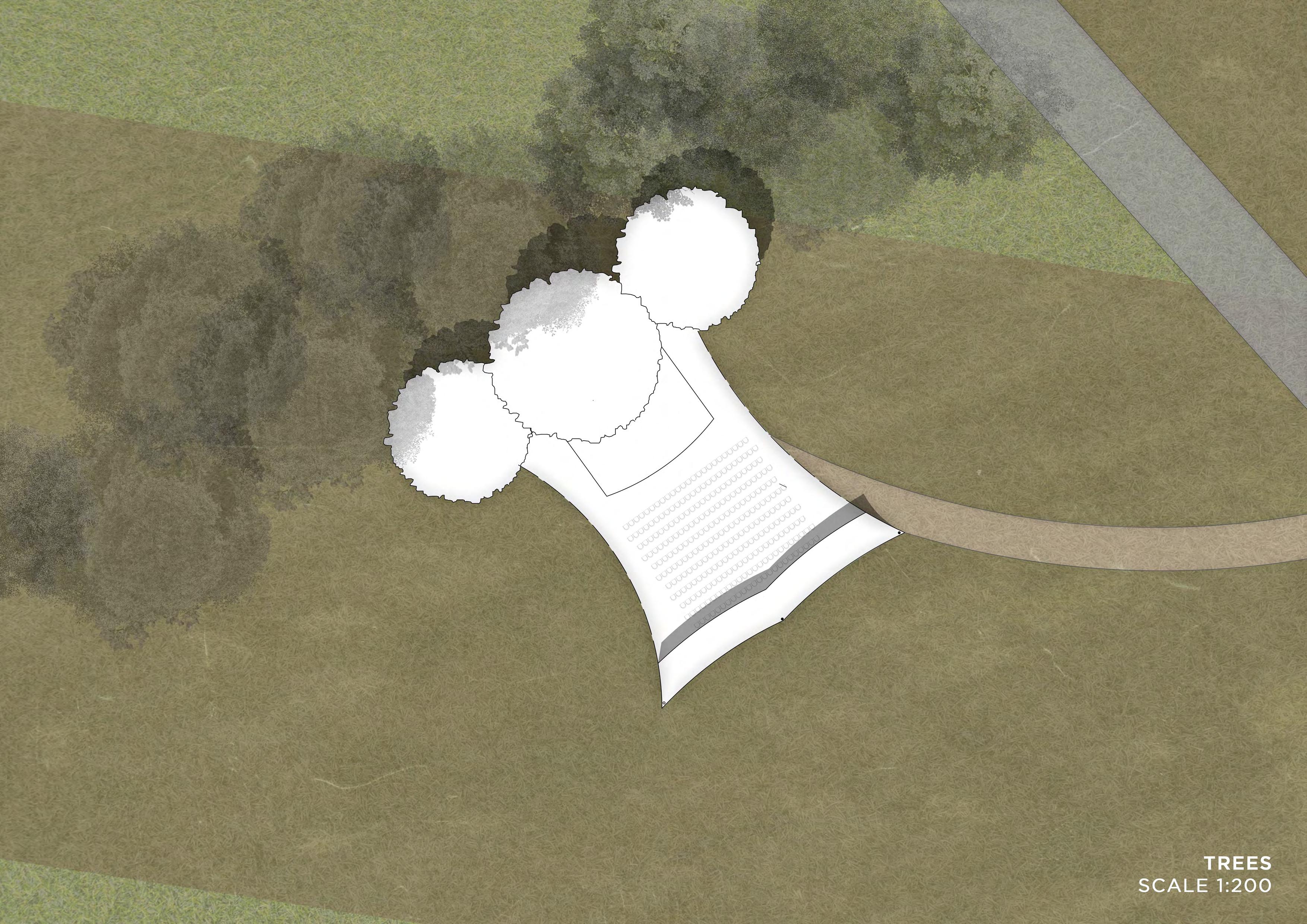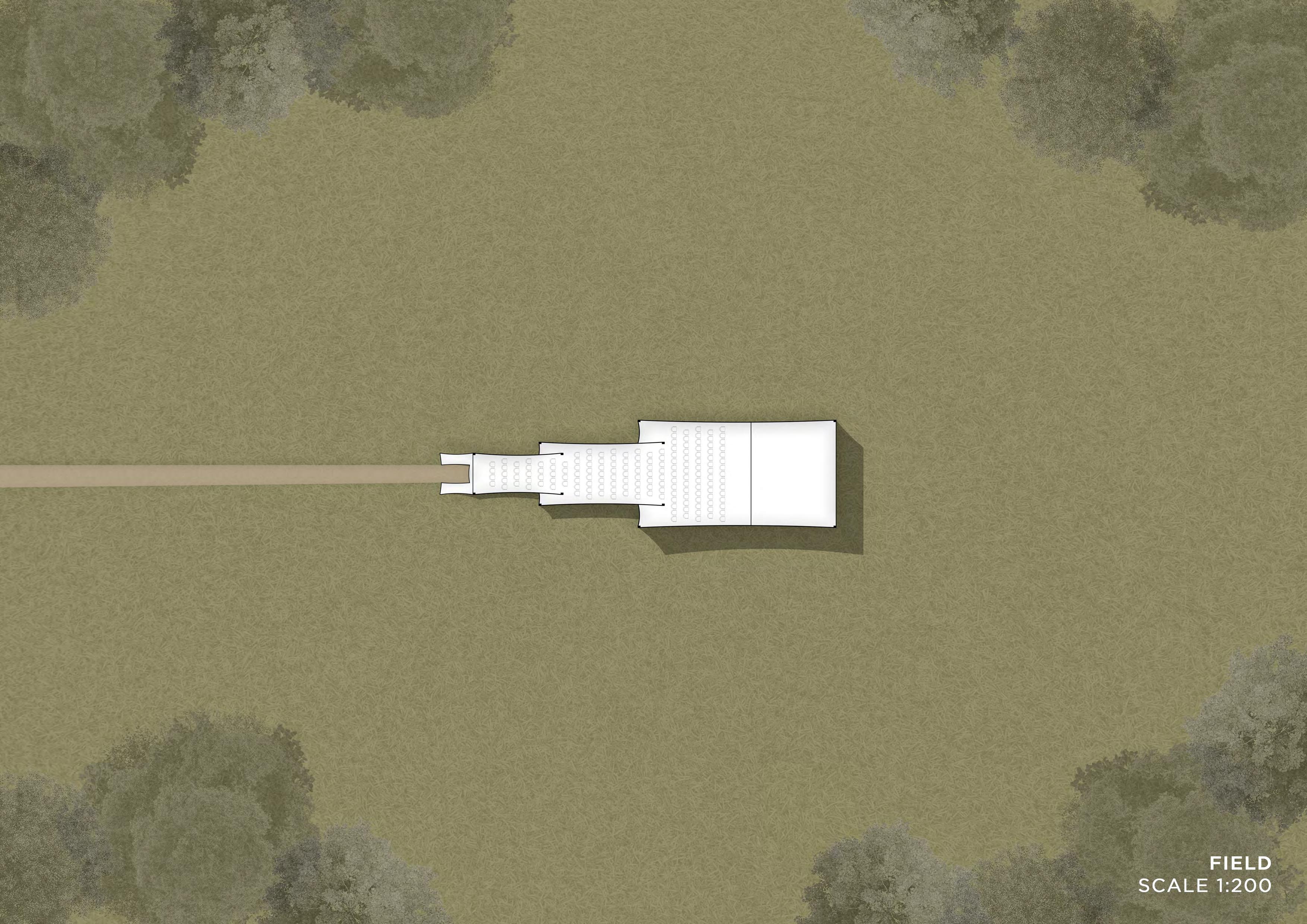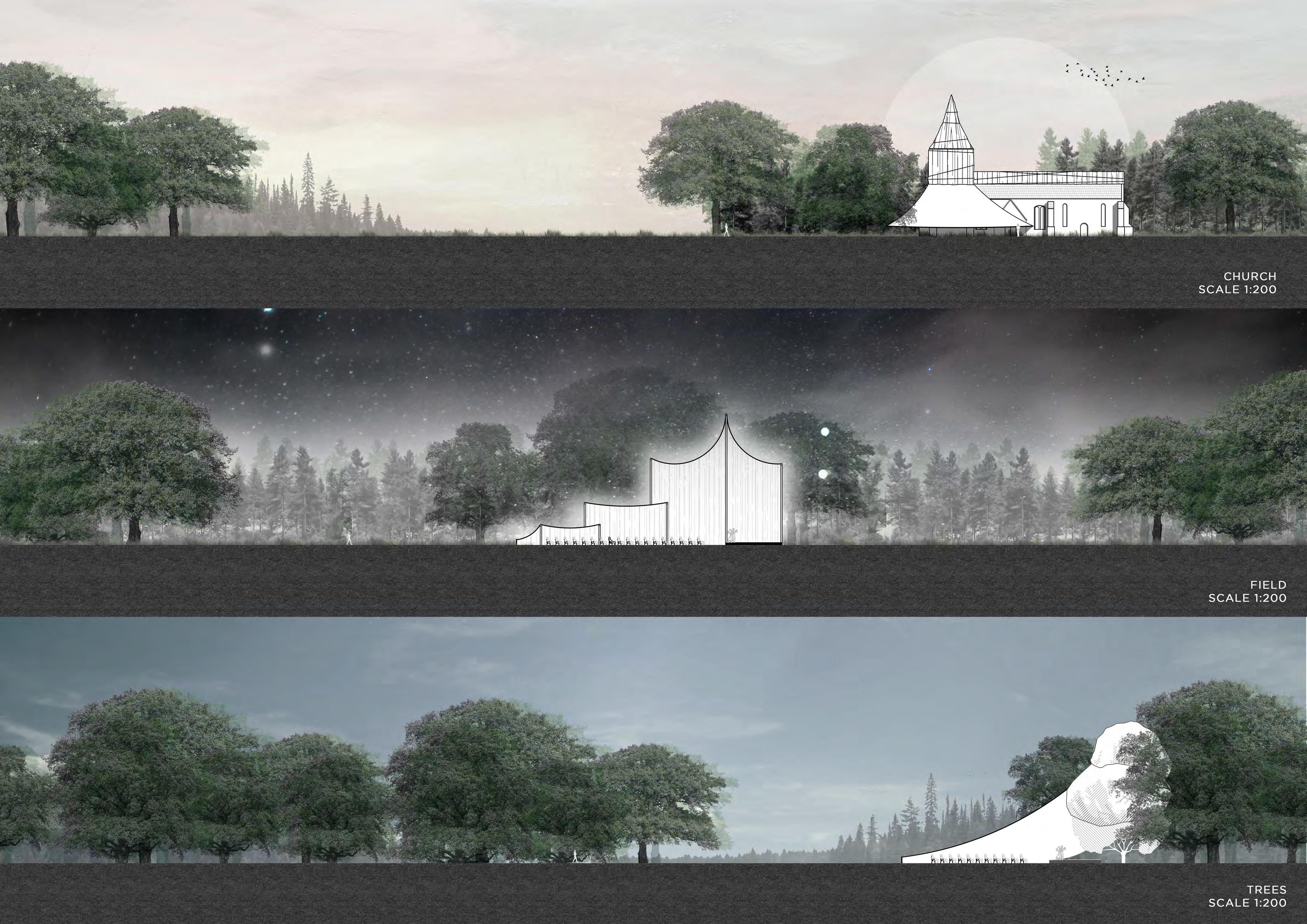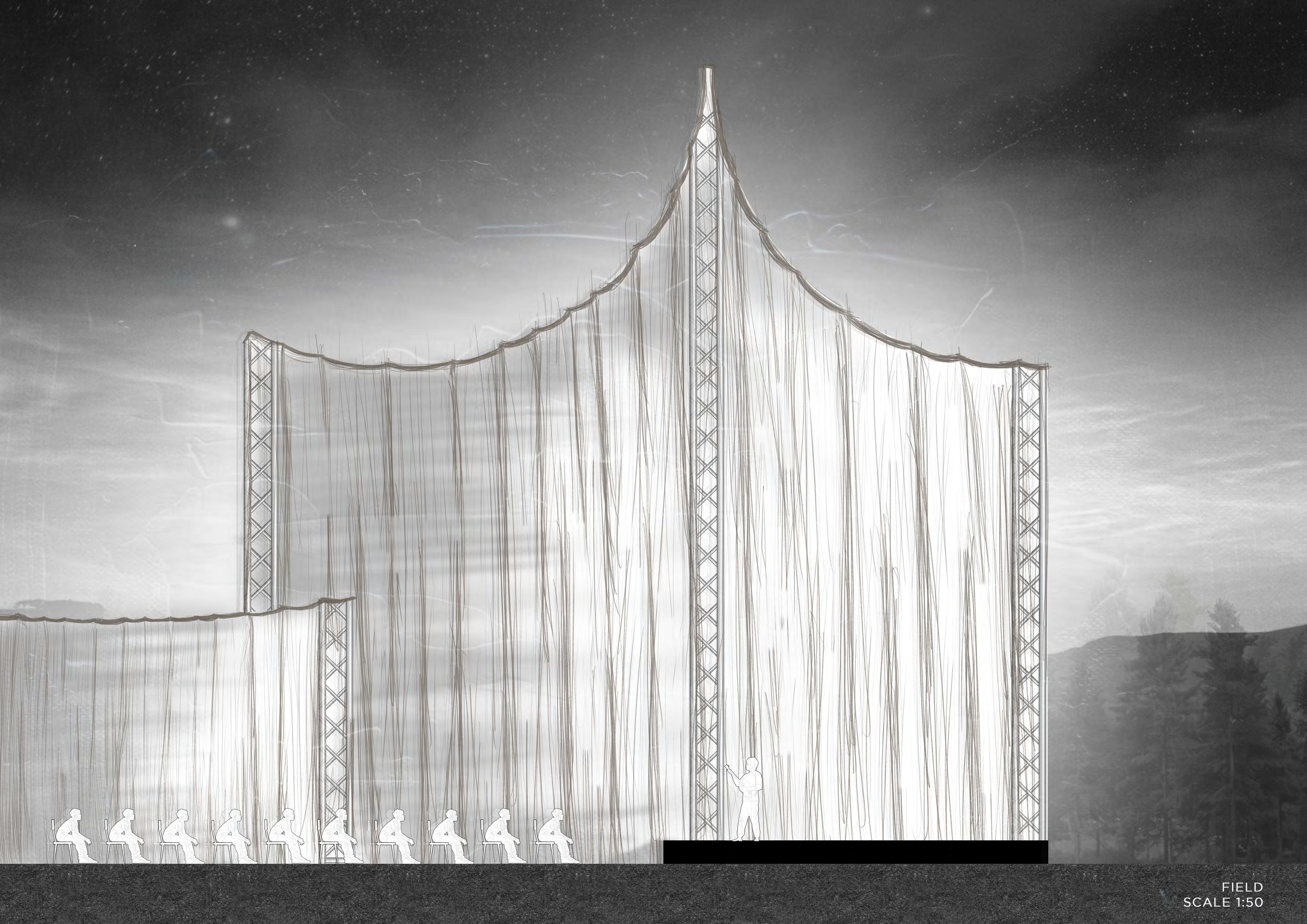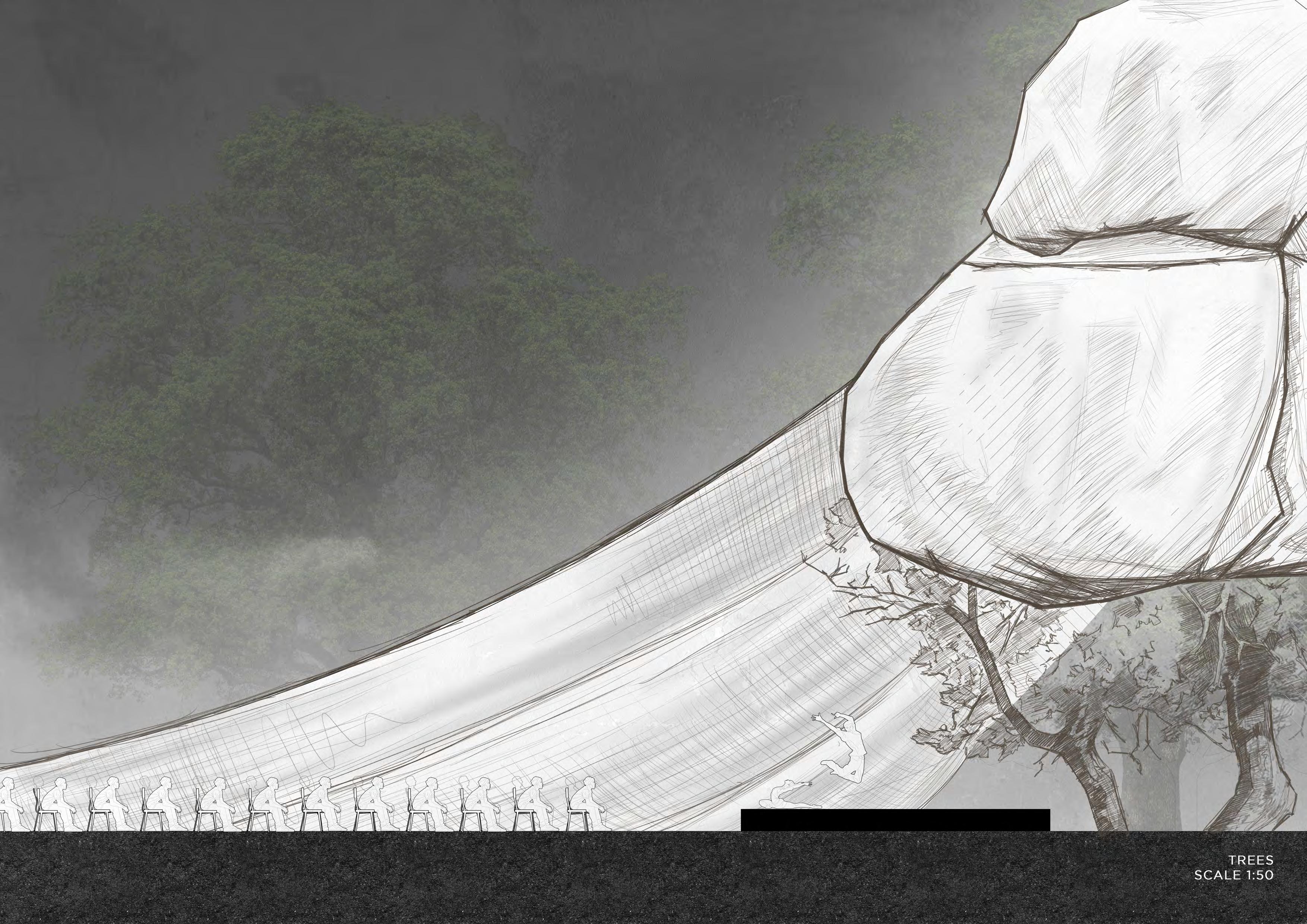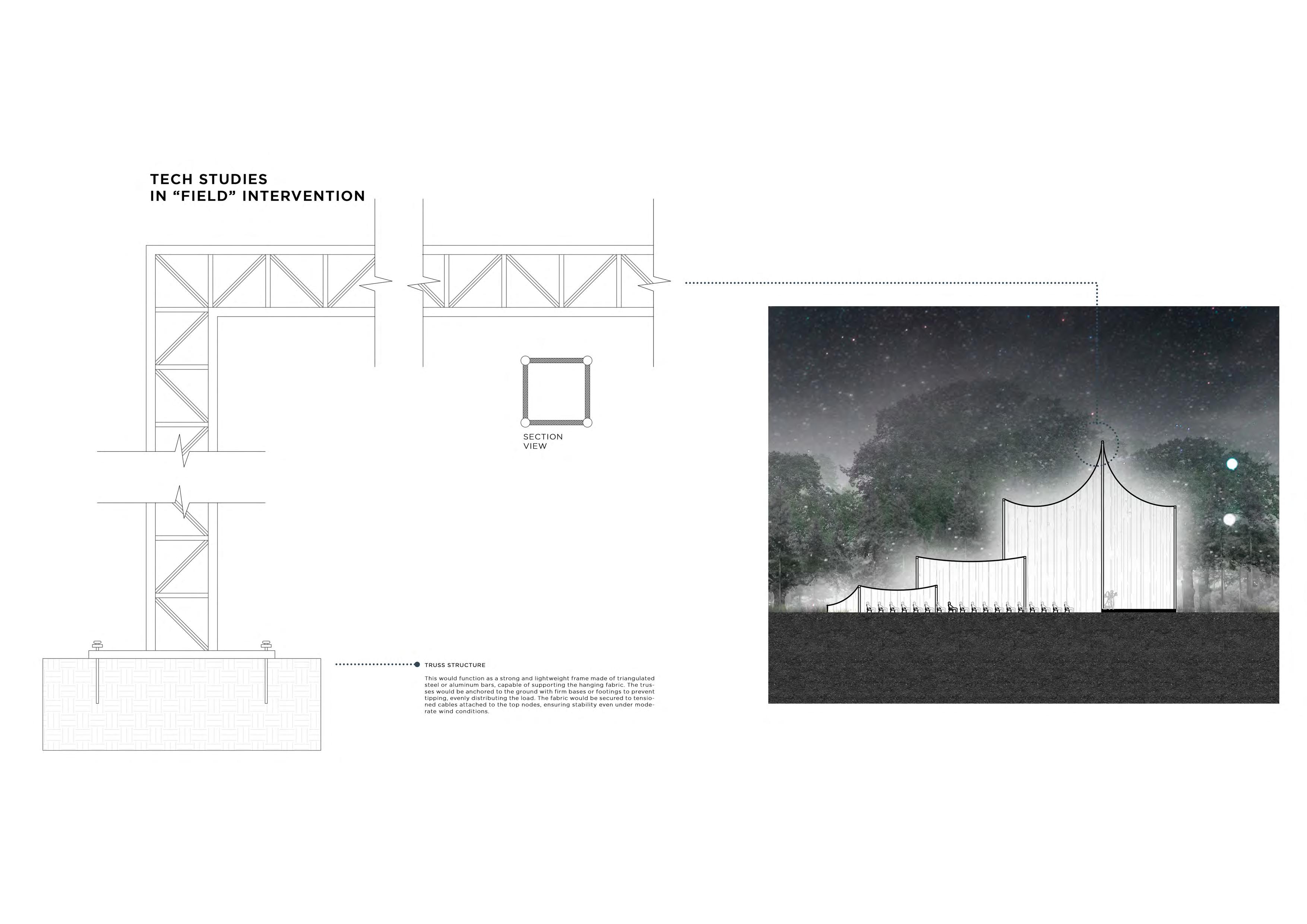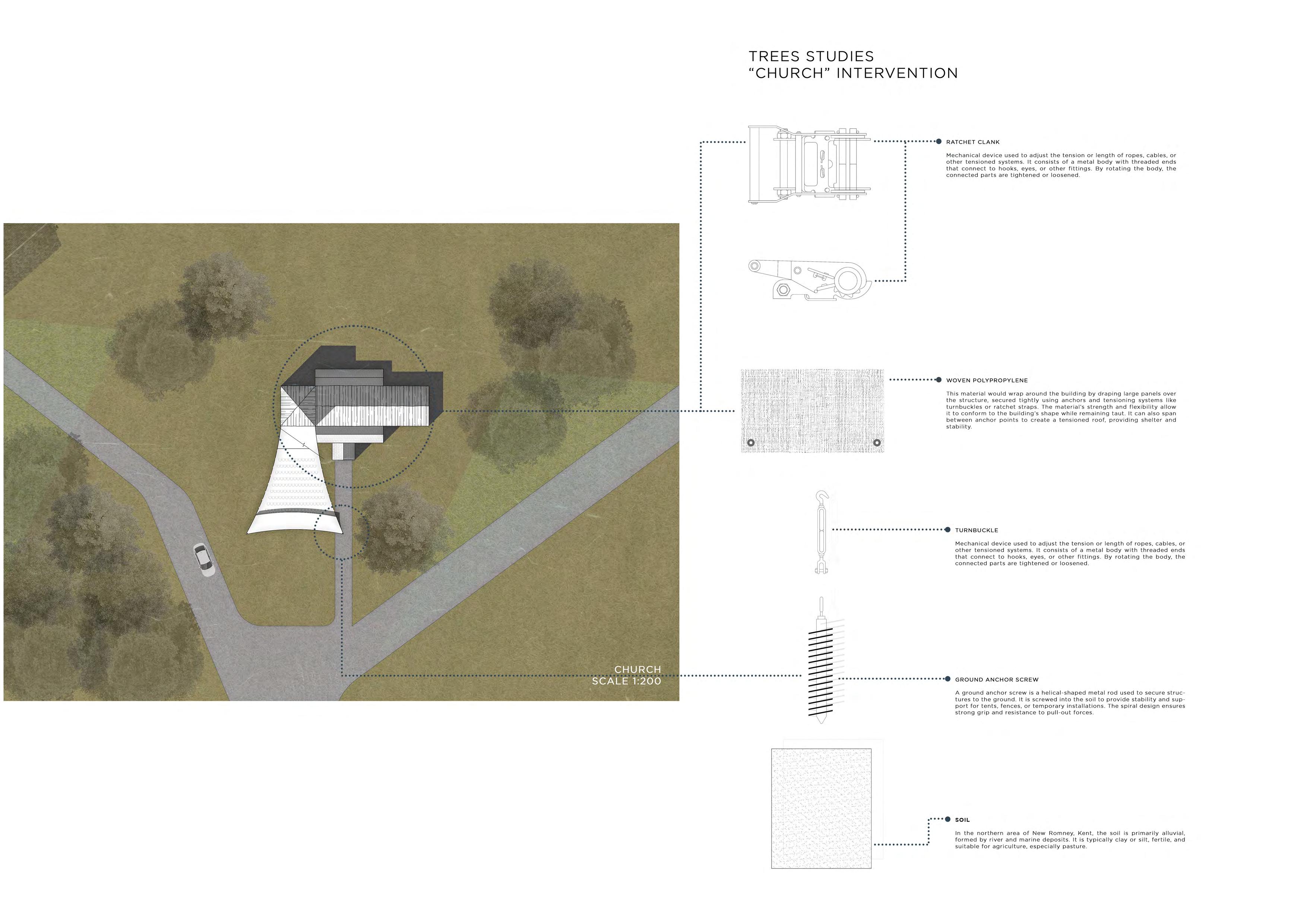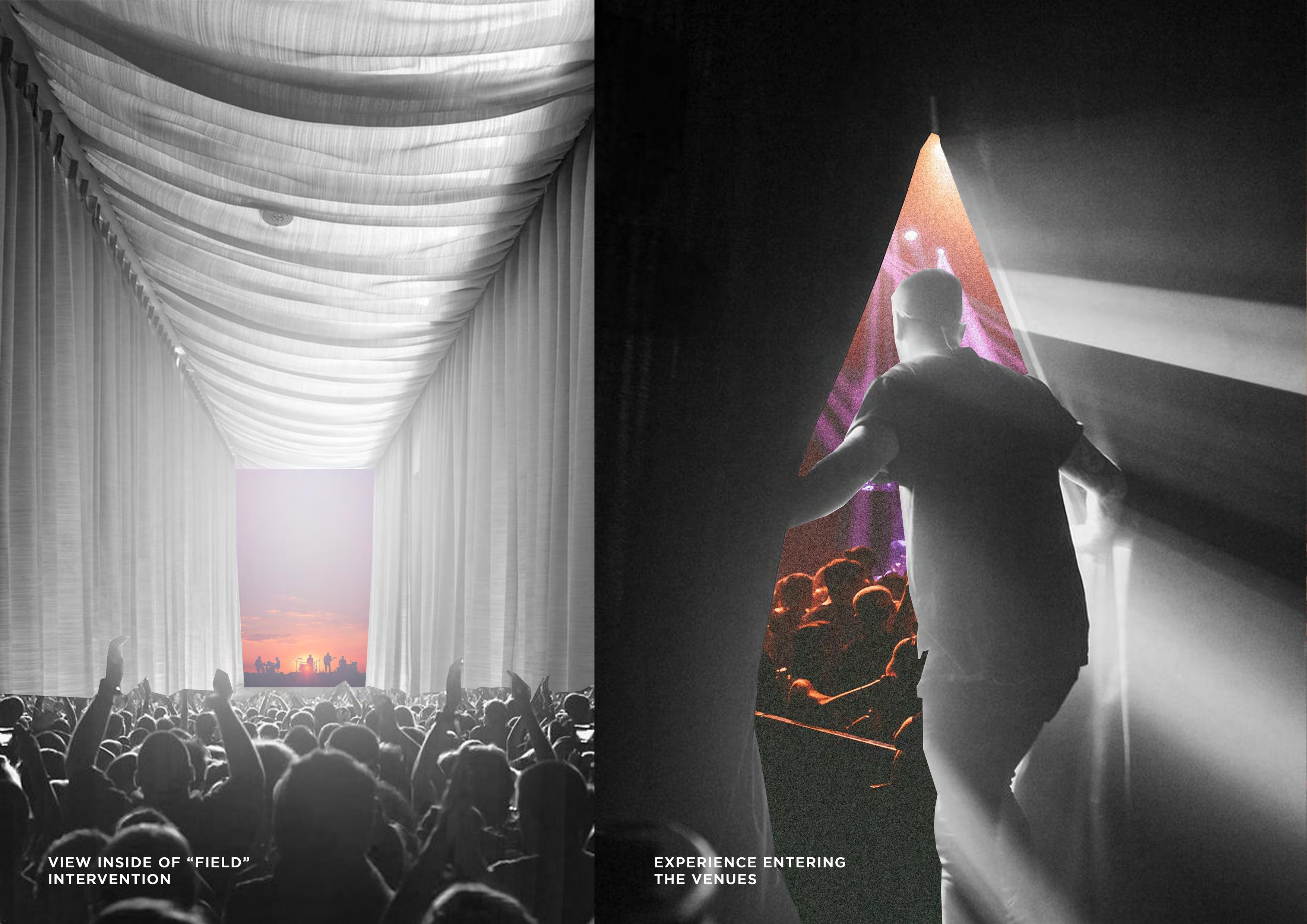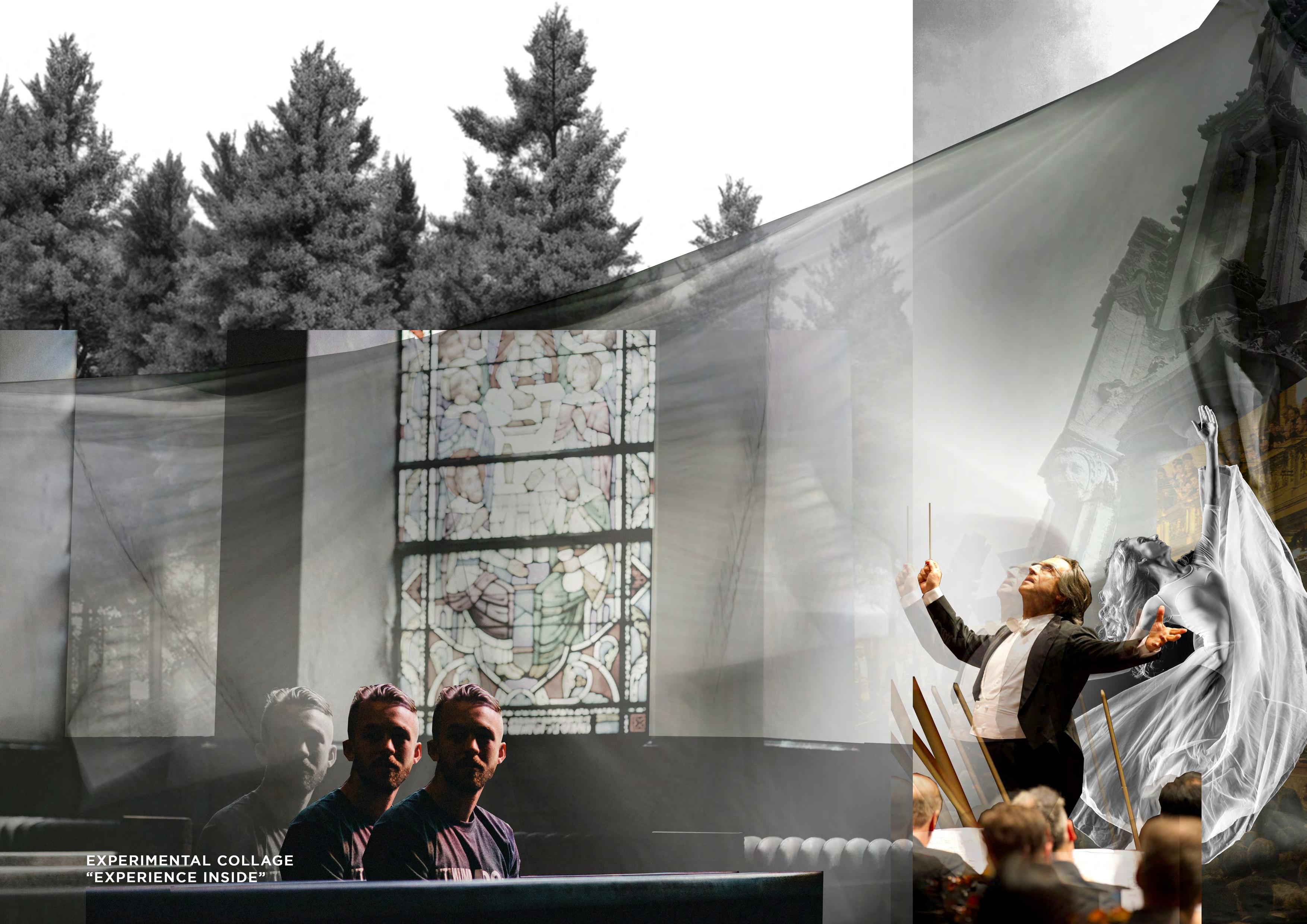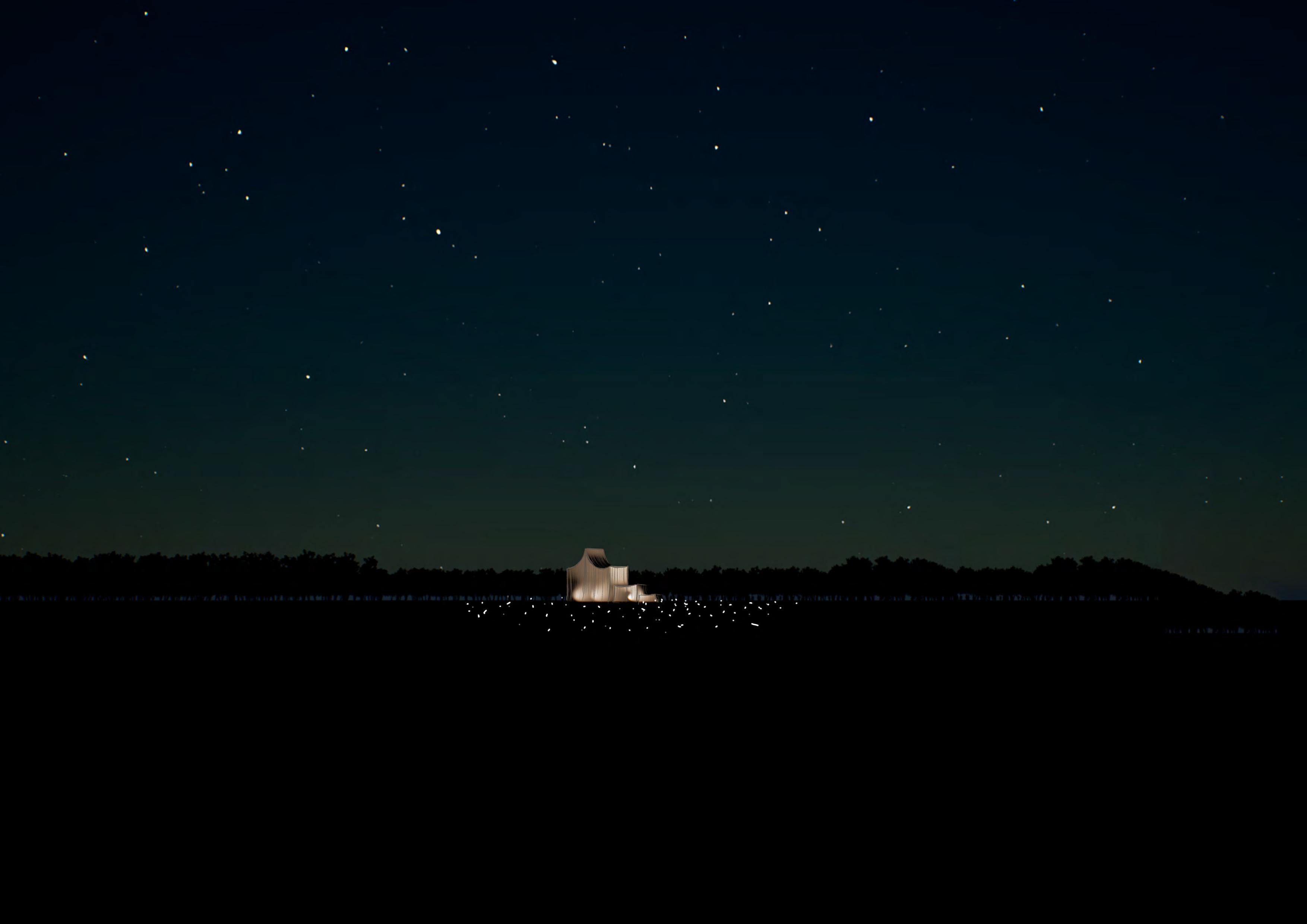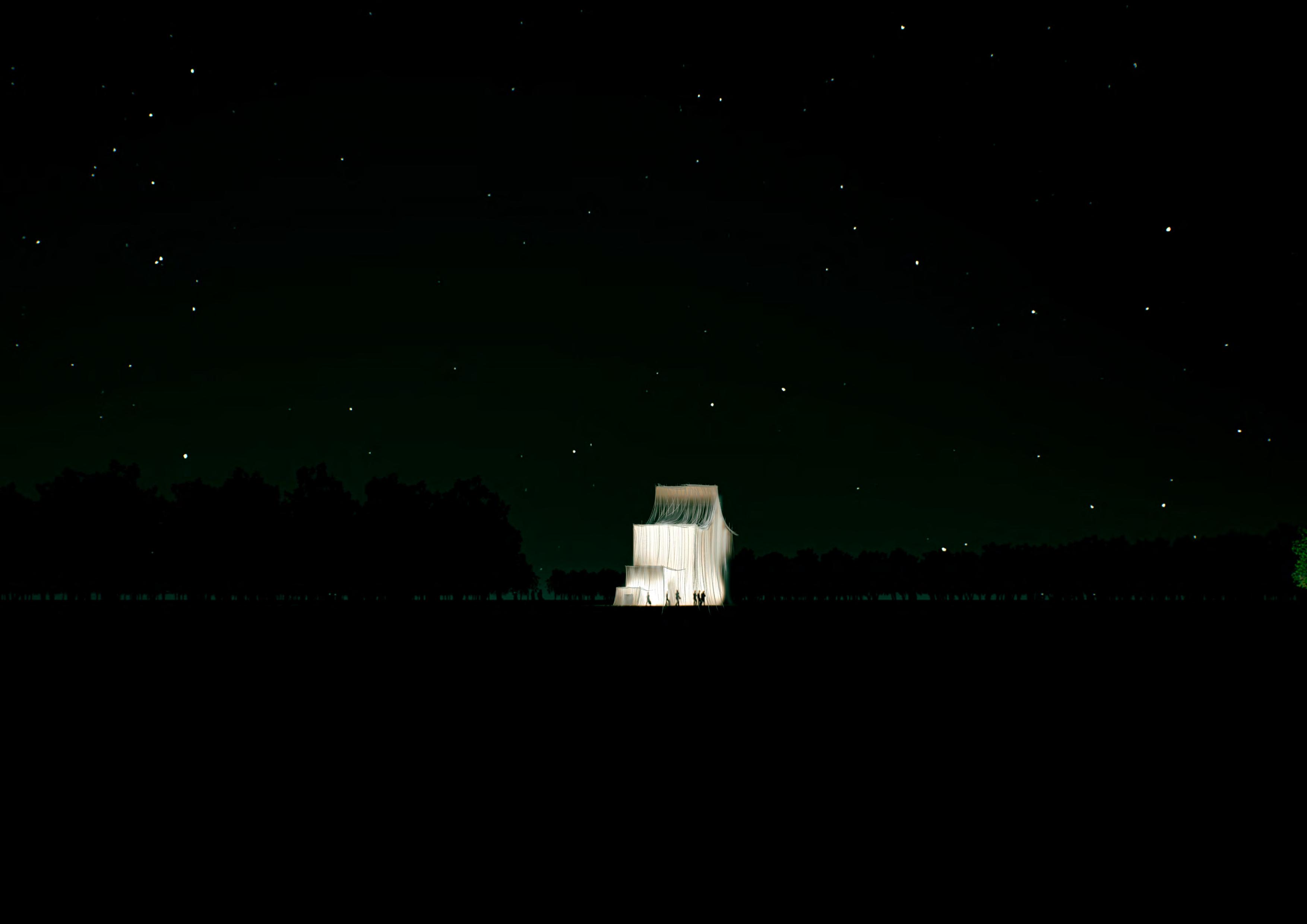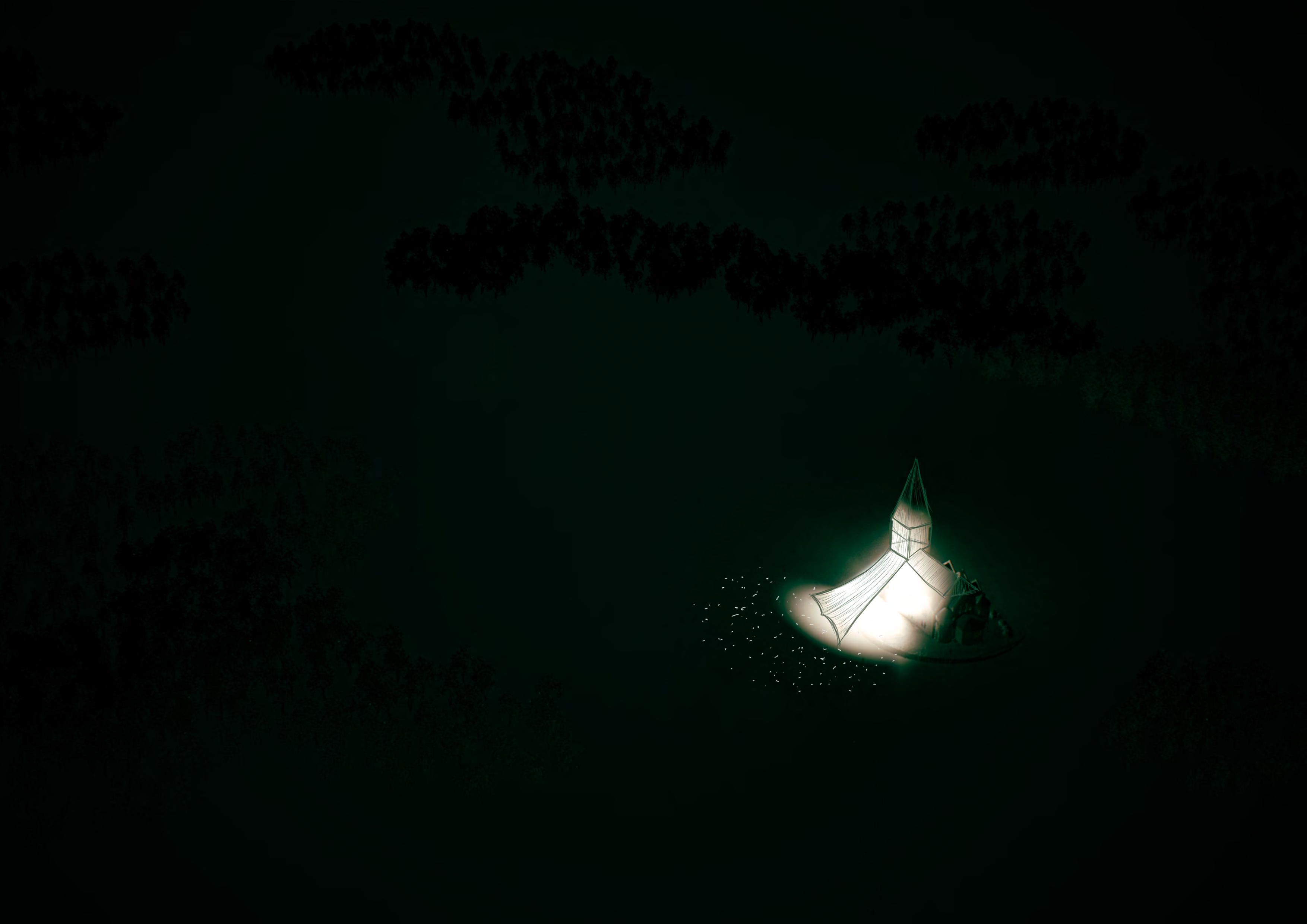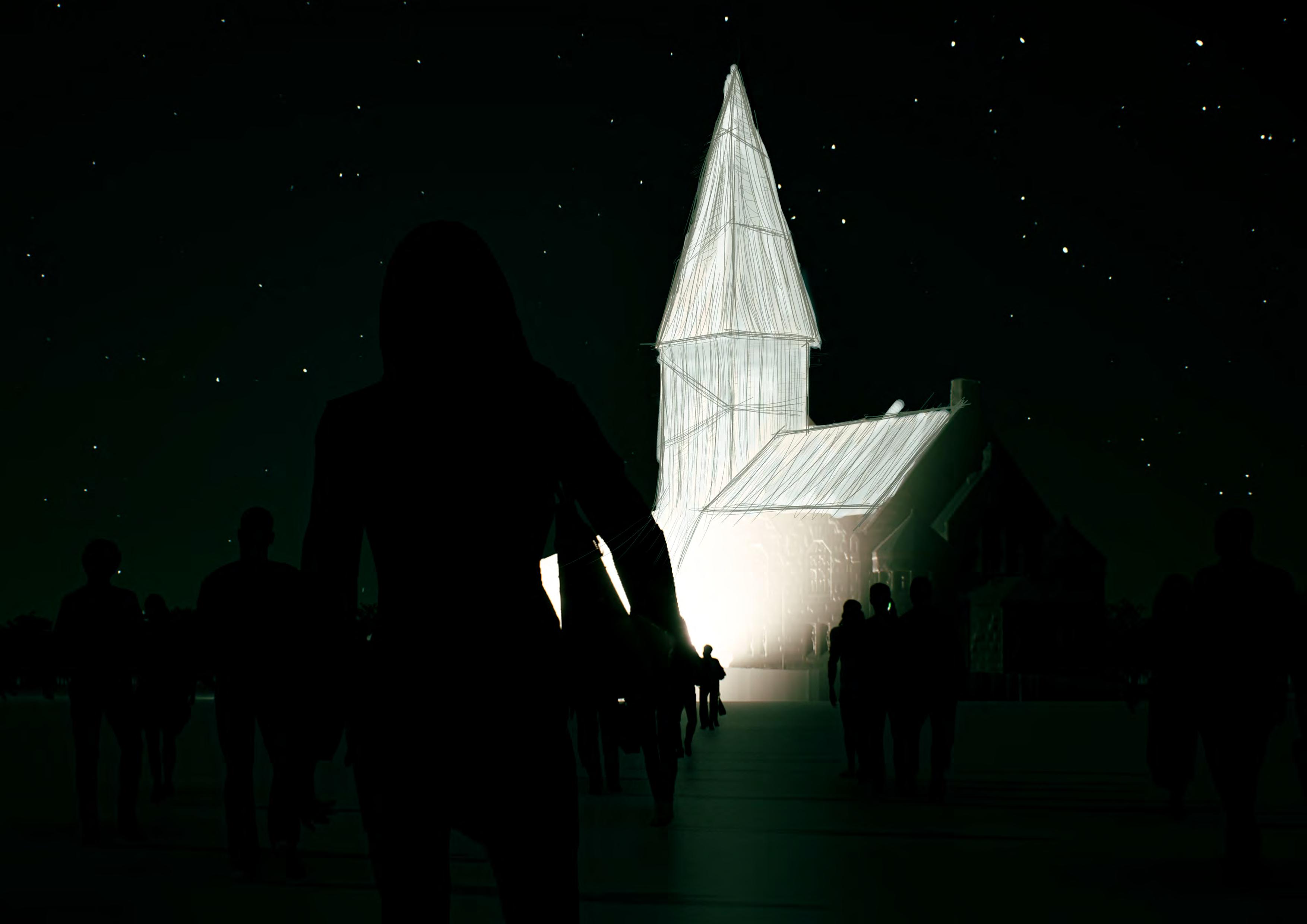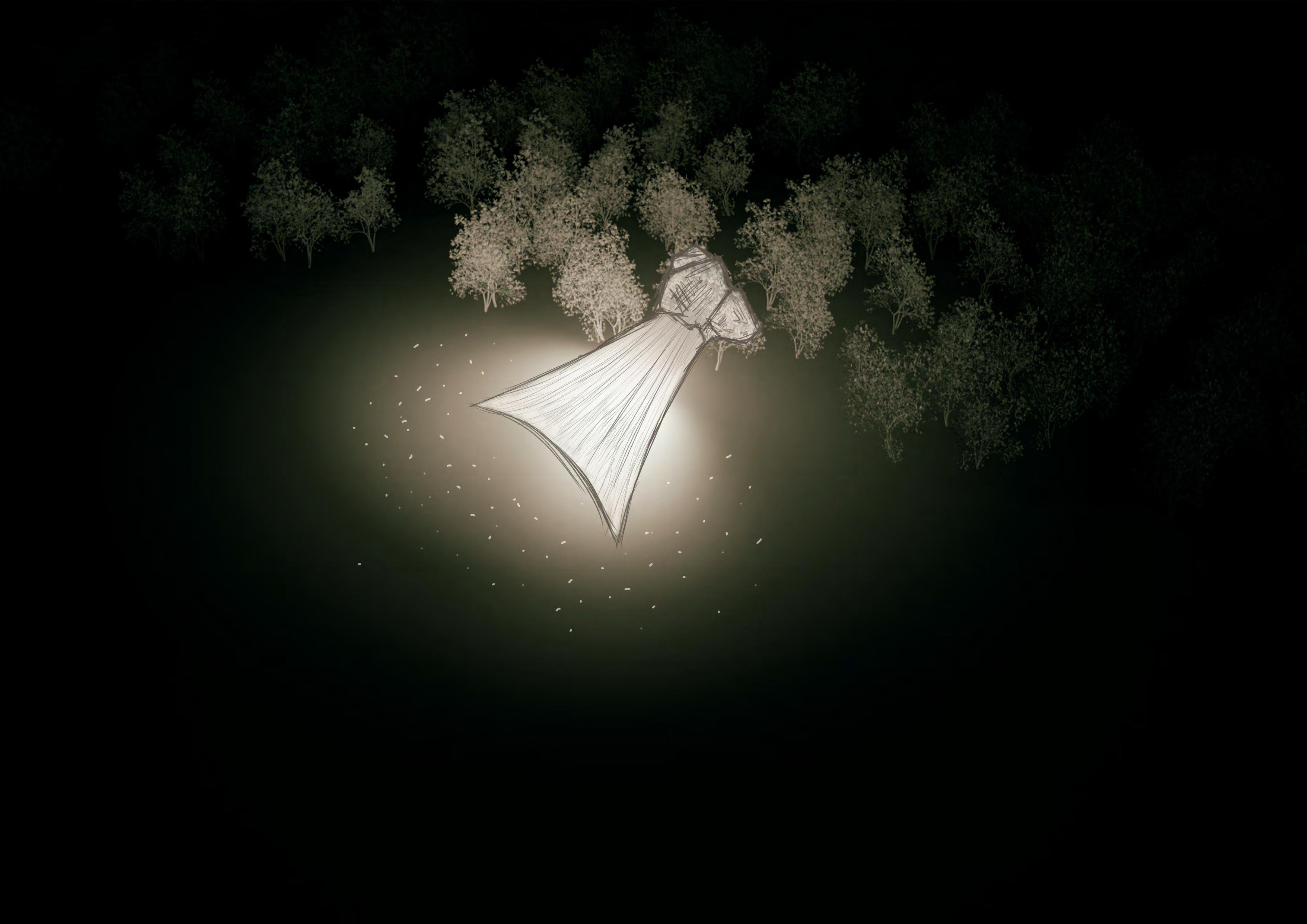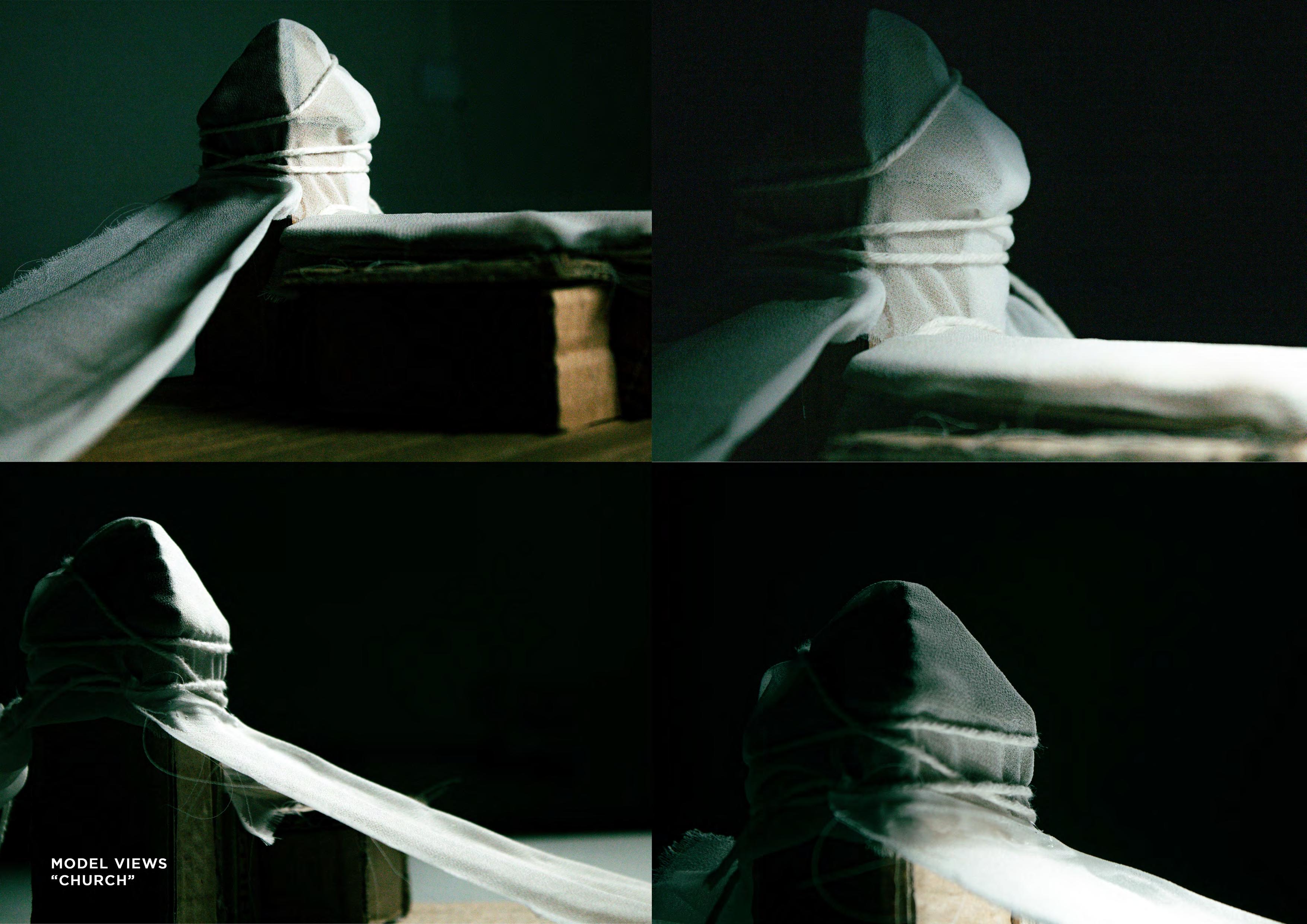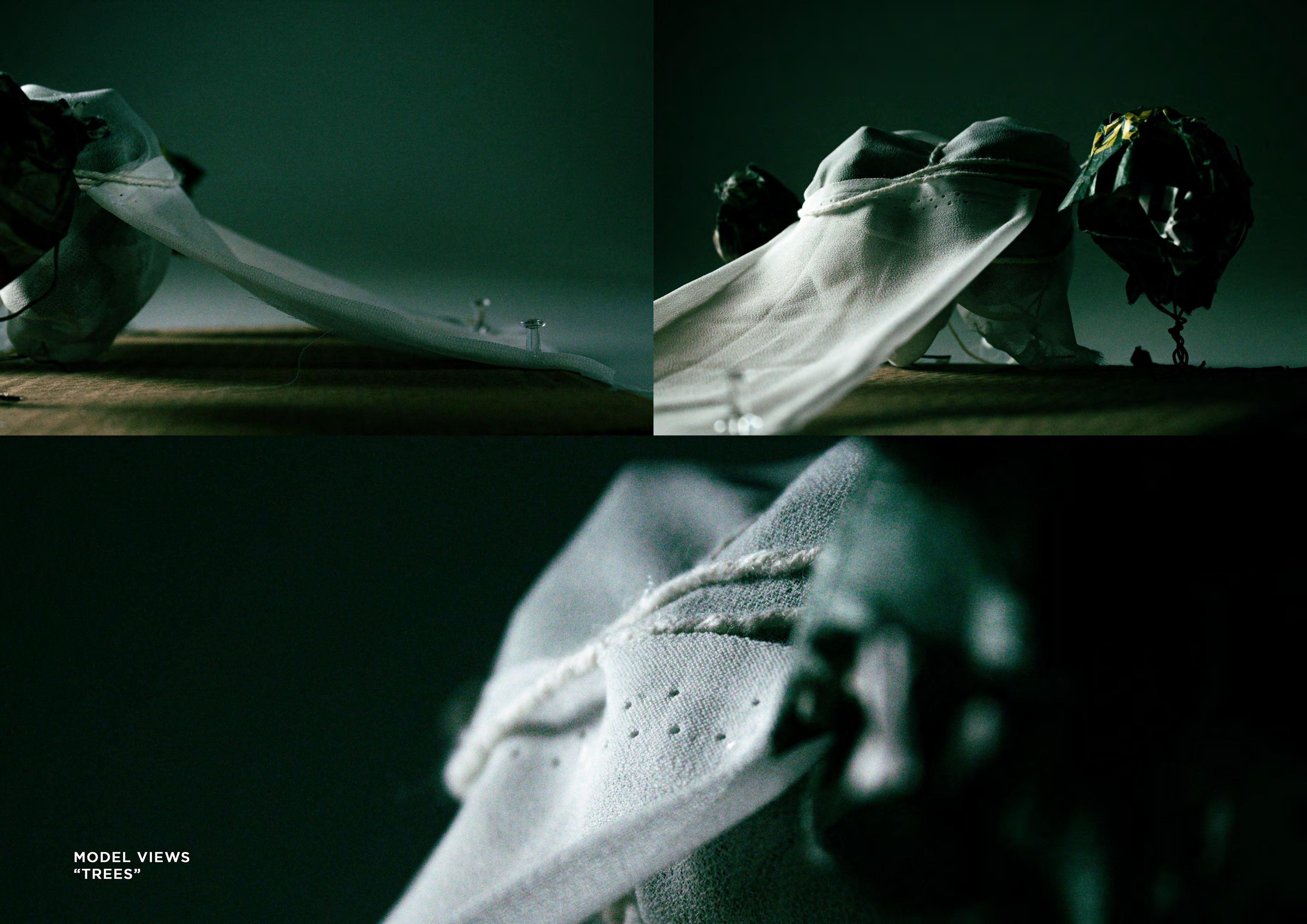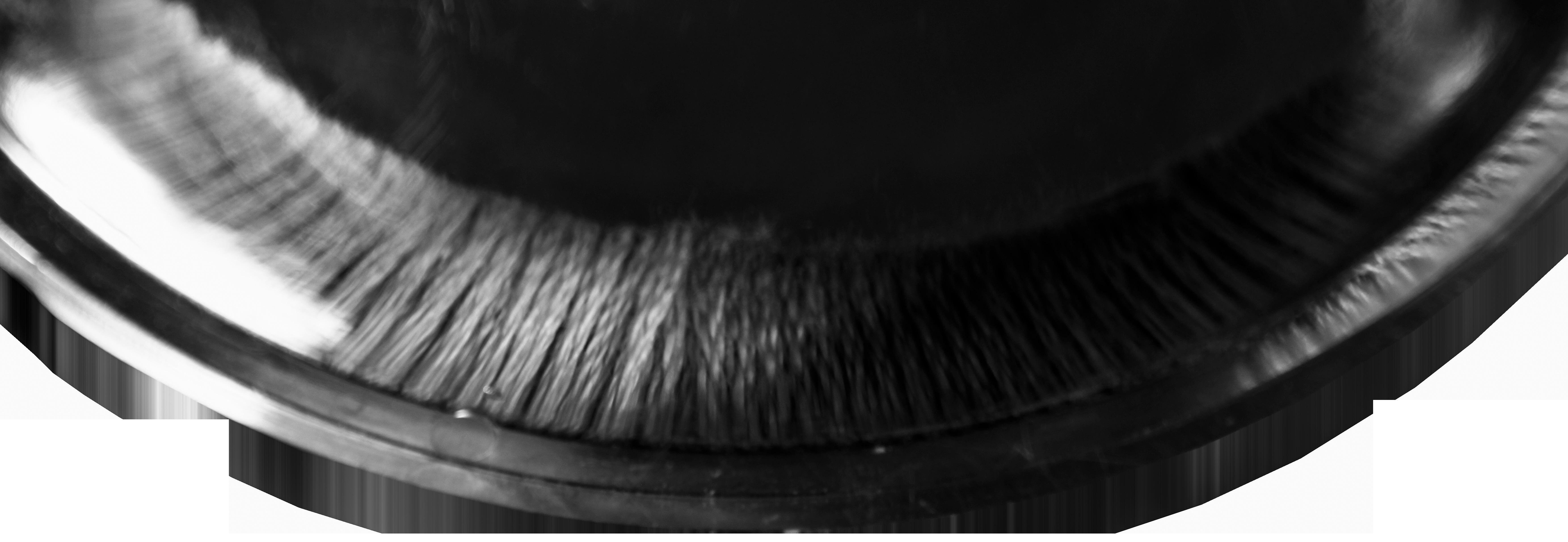
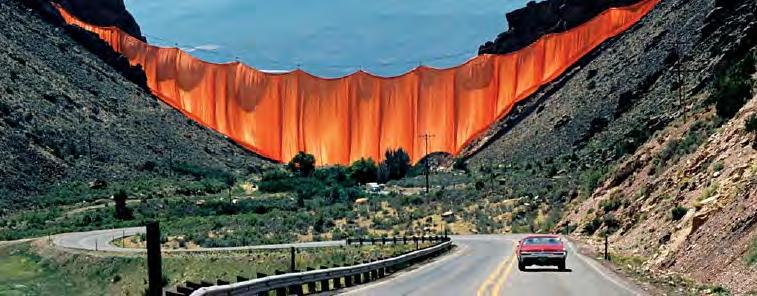
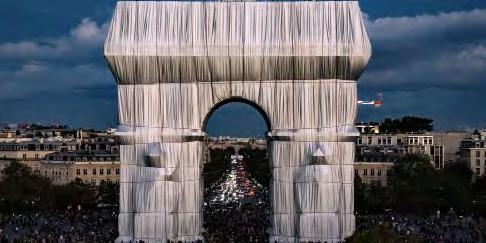

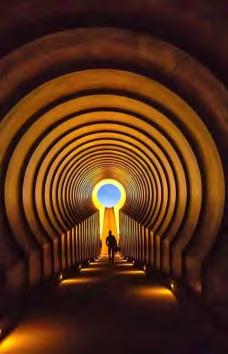
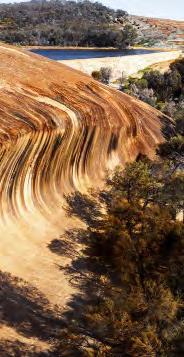
The gradual destruction or diminution of something.
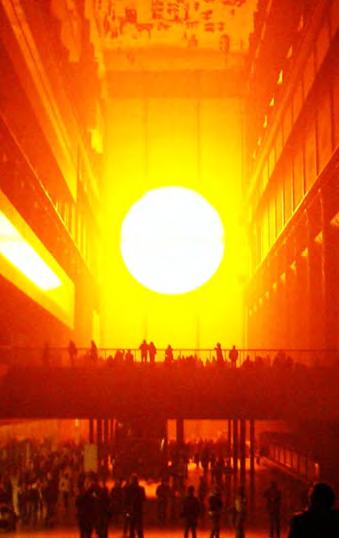

WHAT COULD CAUSE THIS FORM?
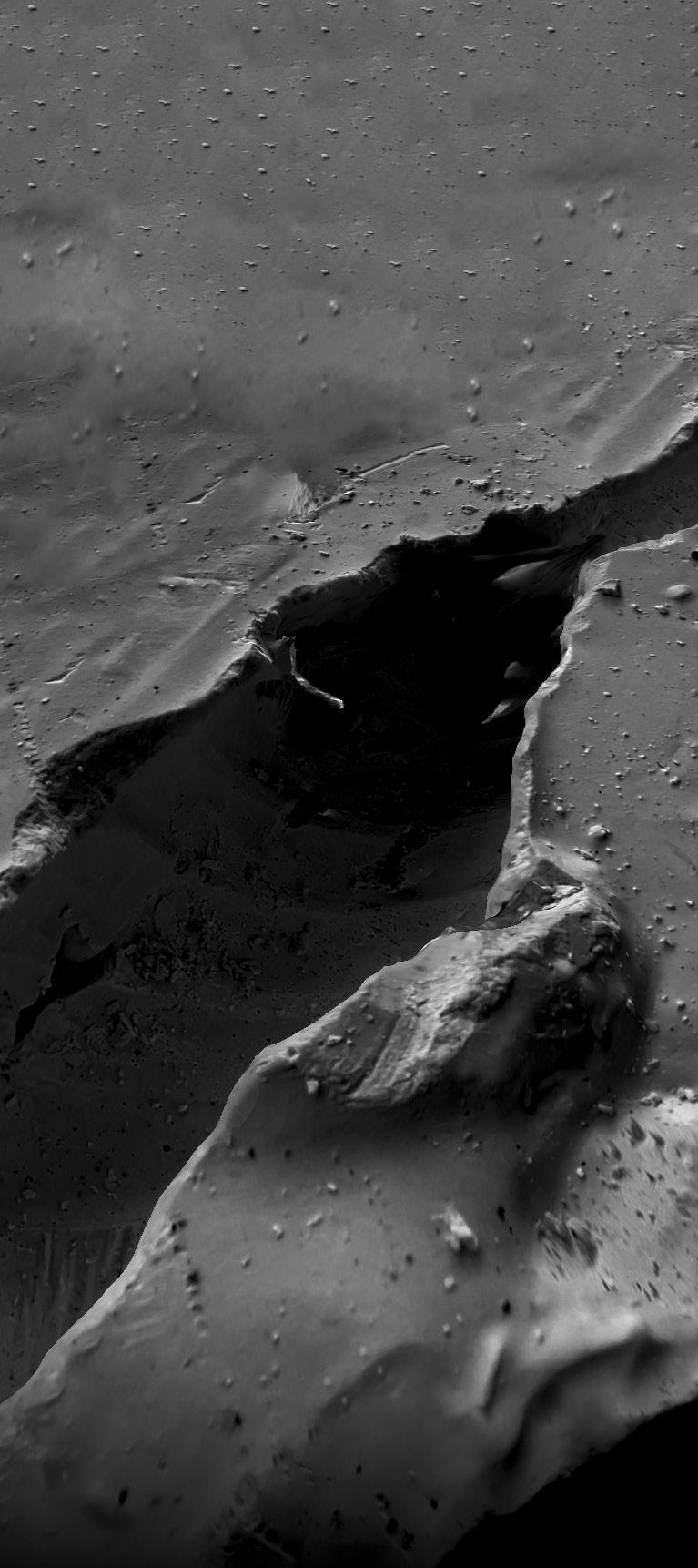
“Anactionthatproducesaresultthatisnotcorrect”
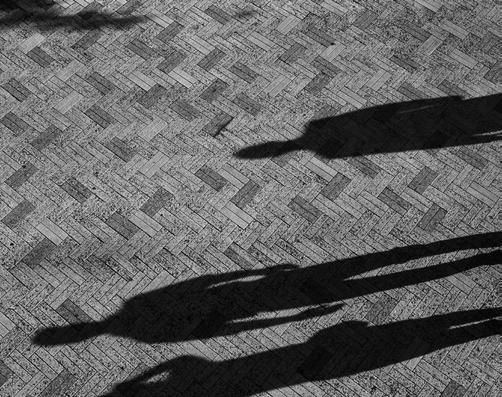
PERF3CTION:
A degree of accuracy or excellencethatcannot be bettered.
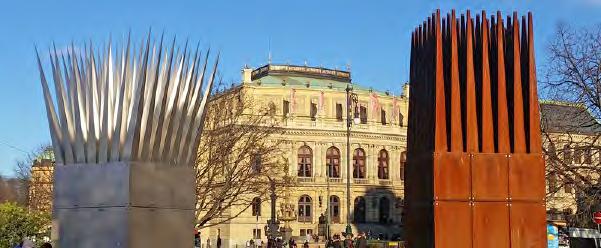
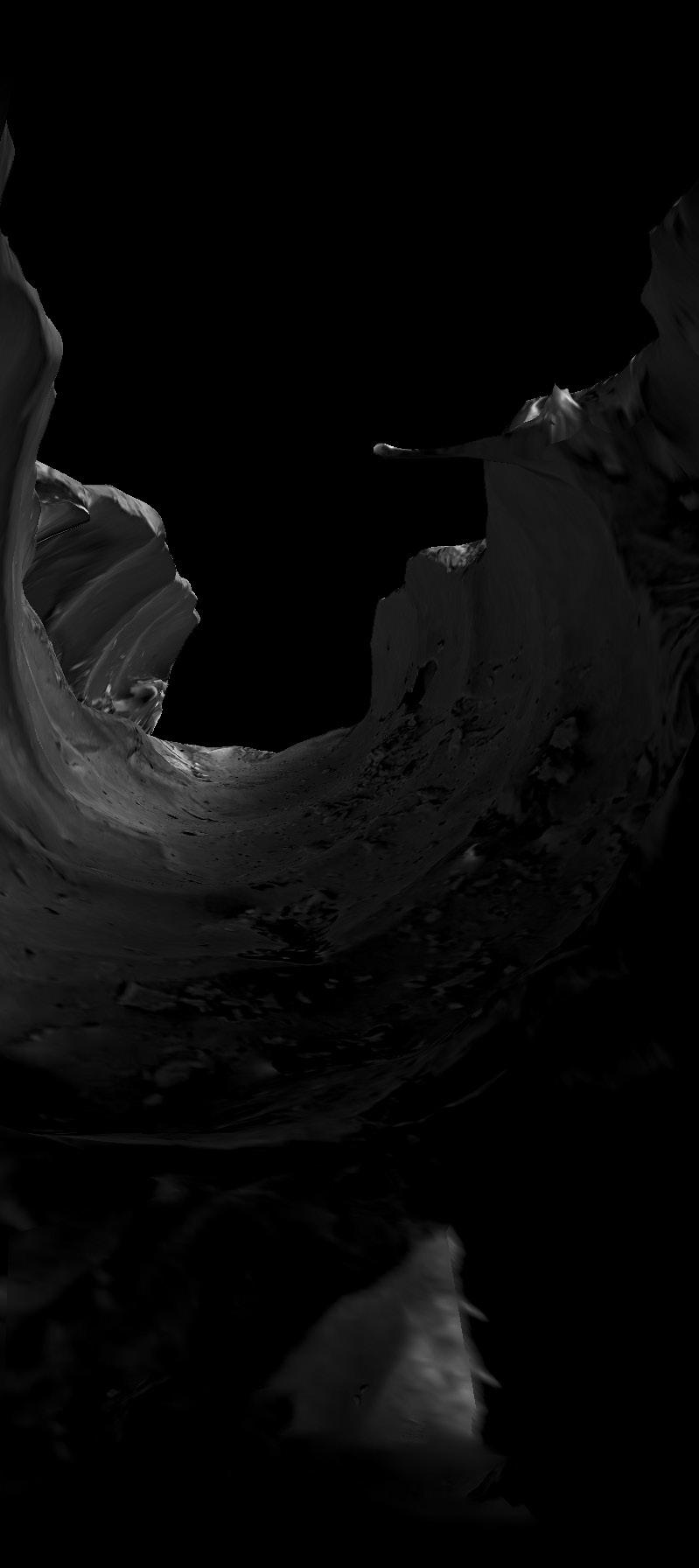
Create a folly focused completely on the spectator experience rather than the folly perse
EROSION DESERTIFICATION TIME CAST VIEW
Search the beauty within the complexity of the proccess and the circunstances that we face day after day
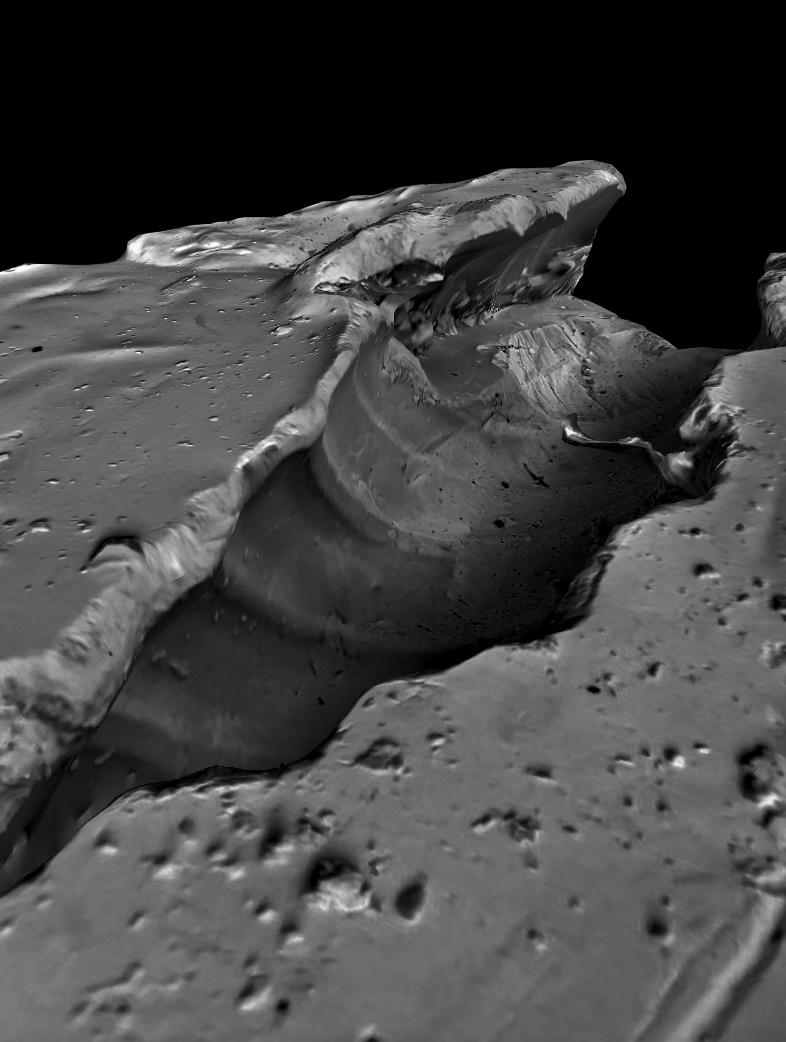
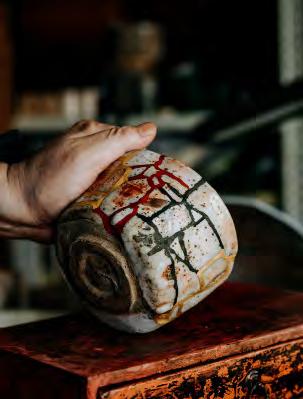
“Who
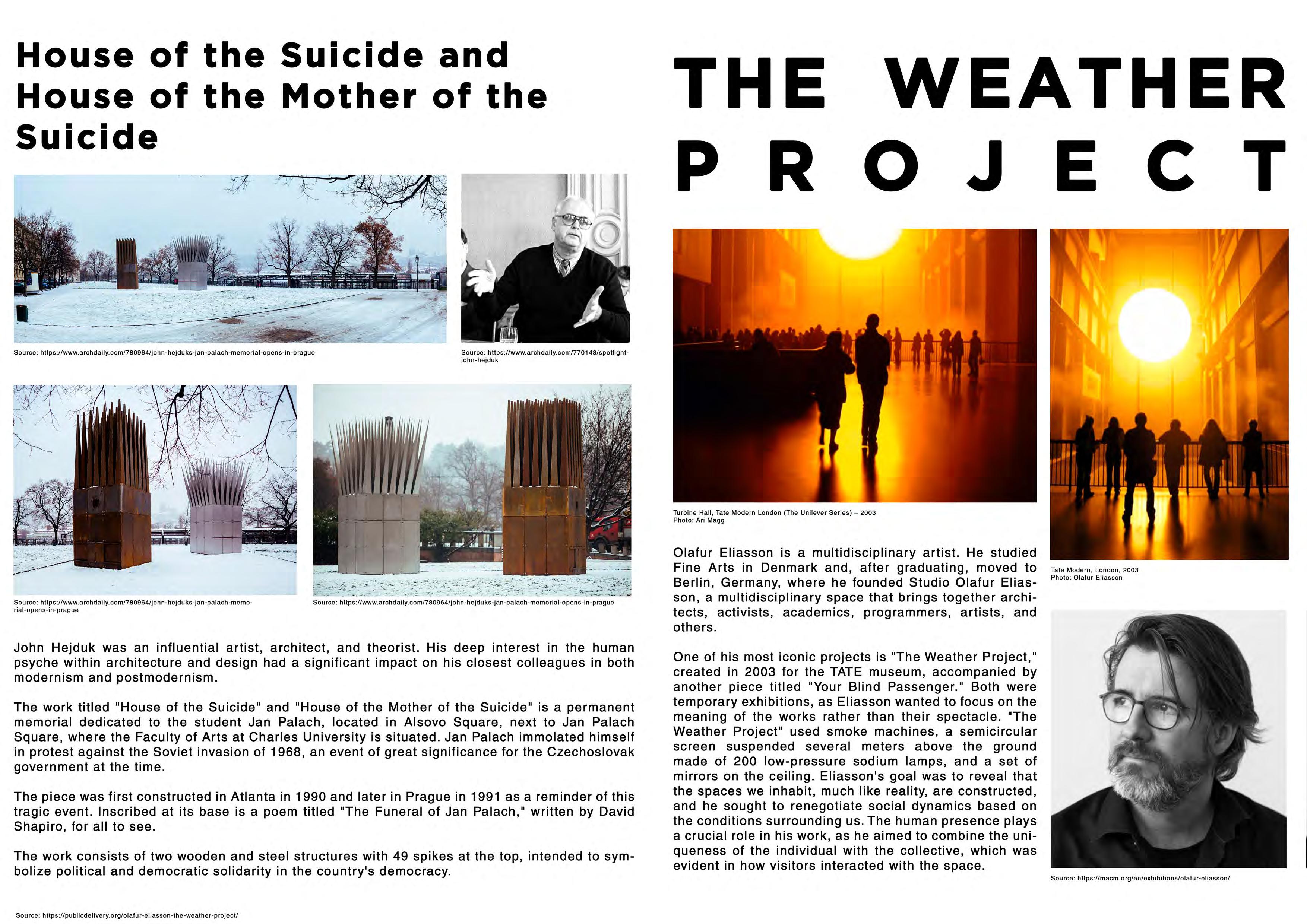
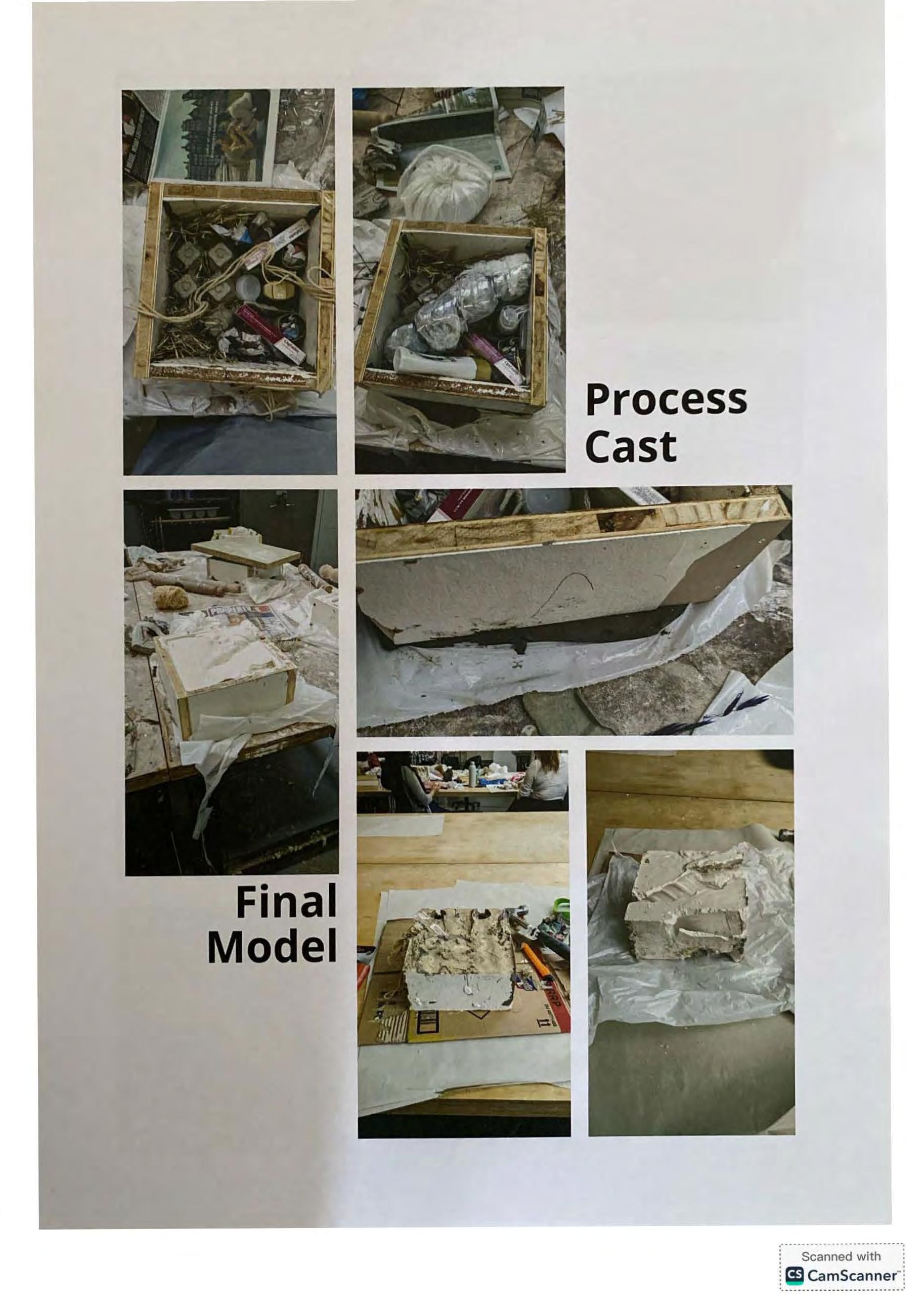
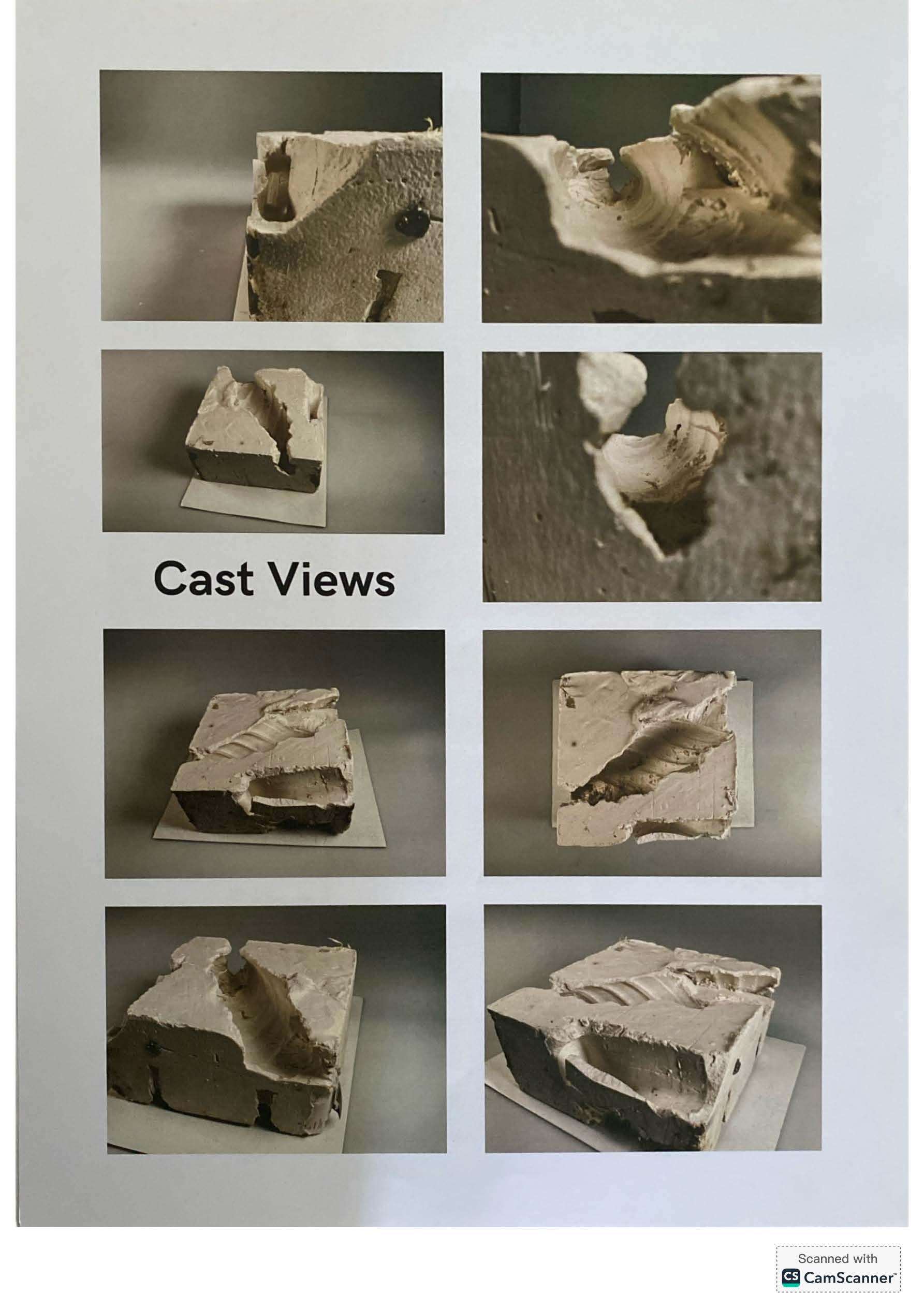
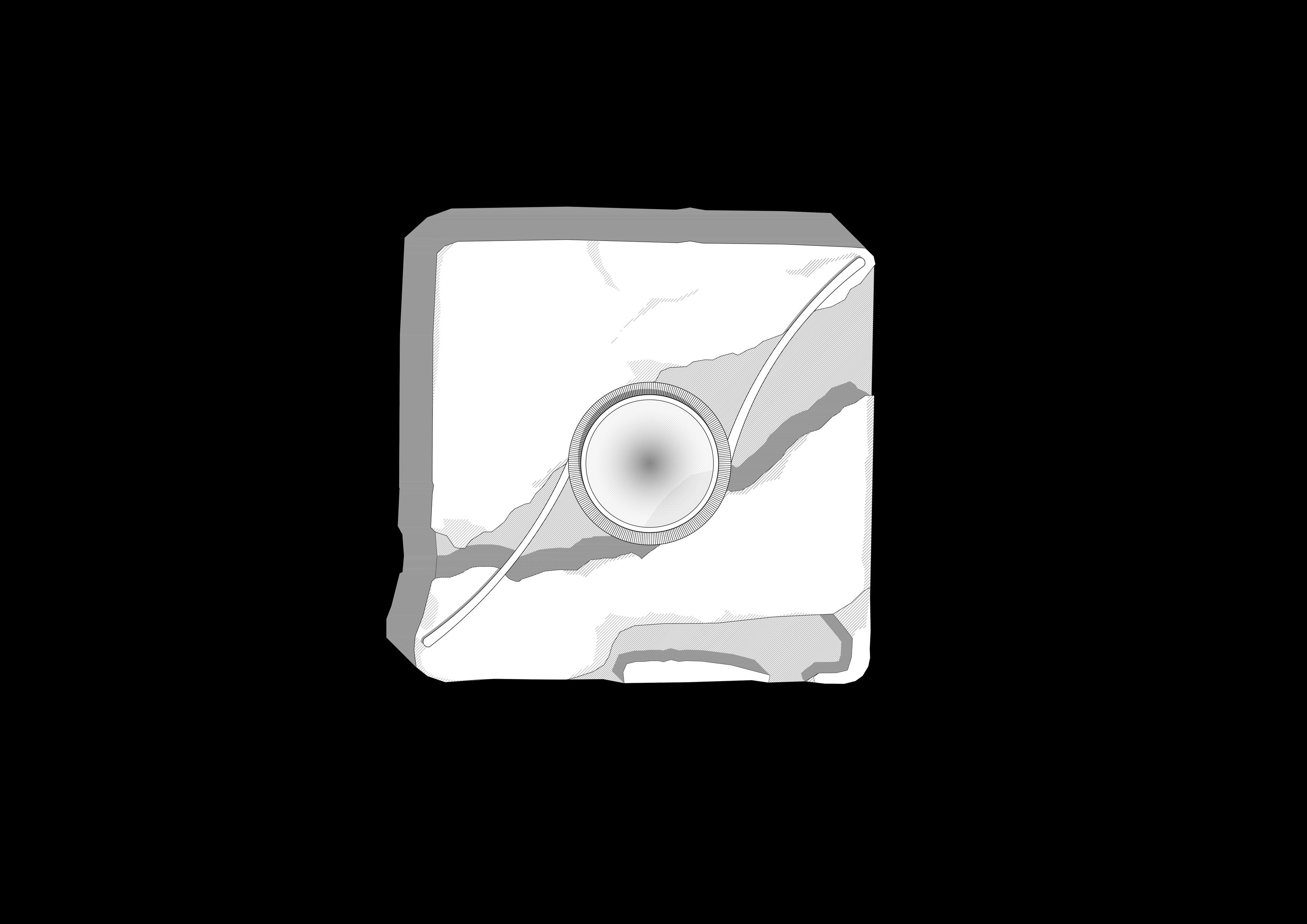
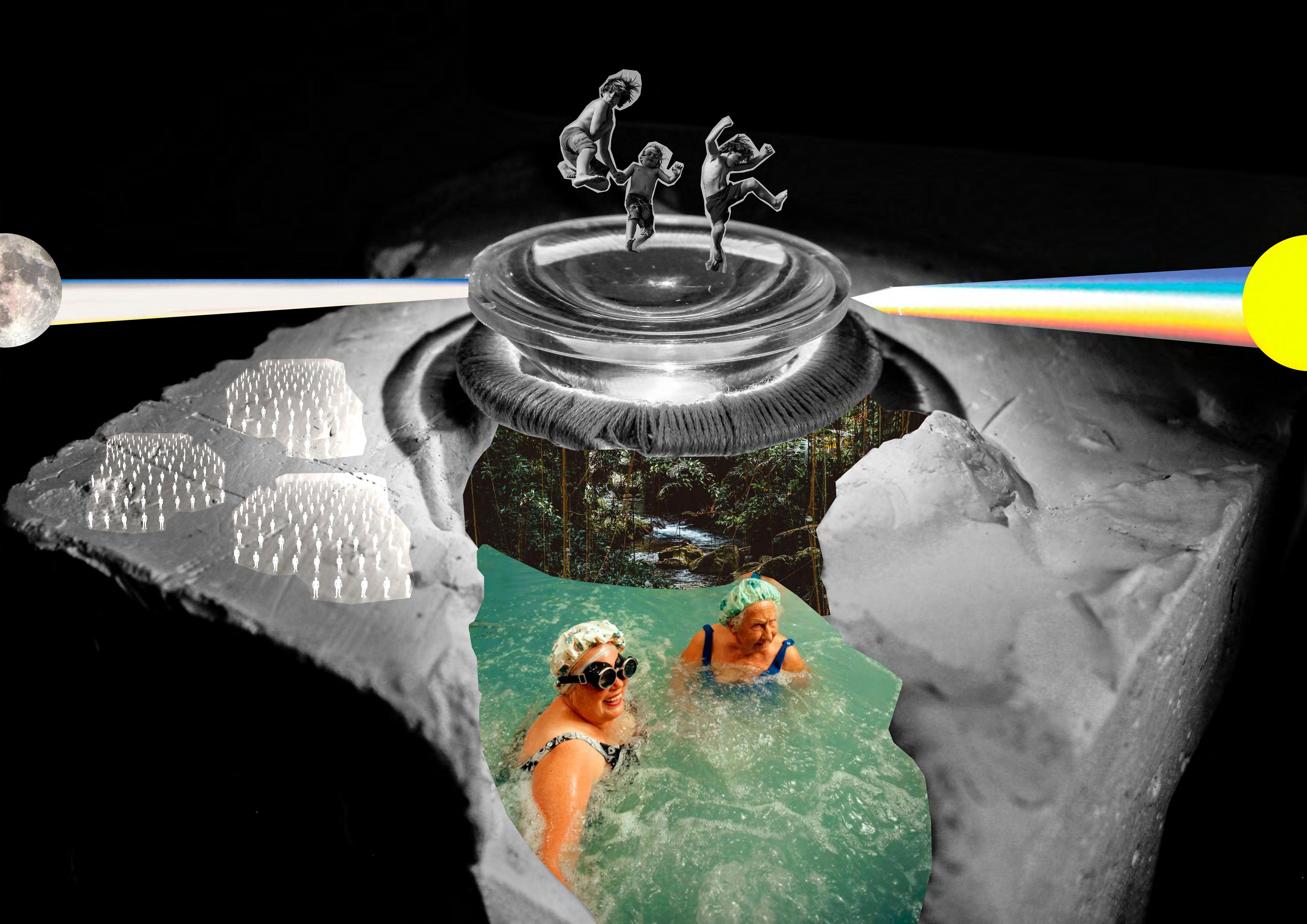
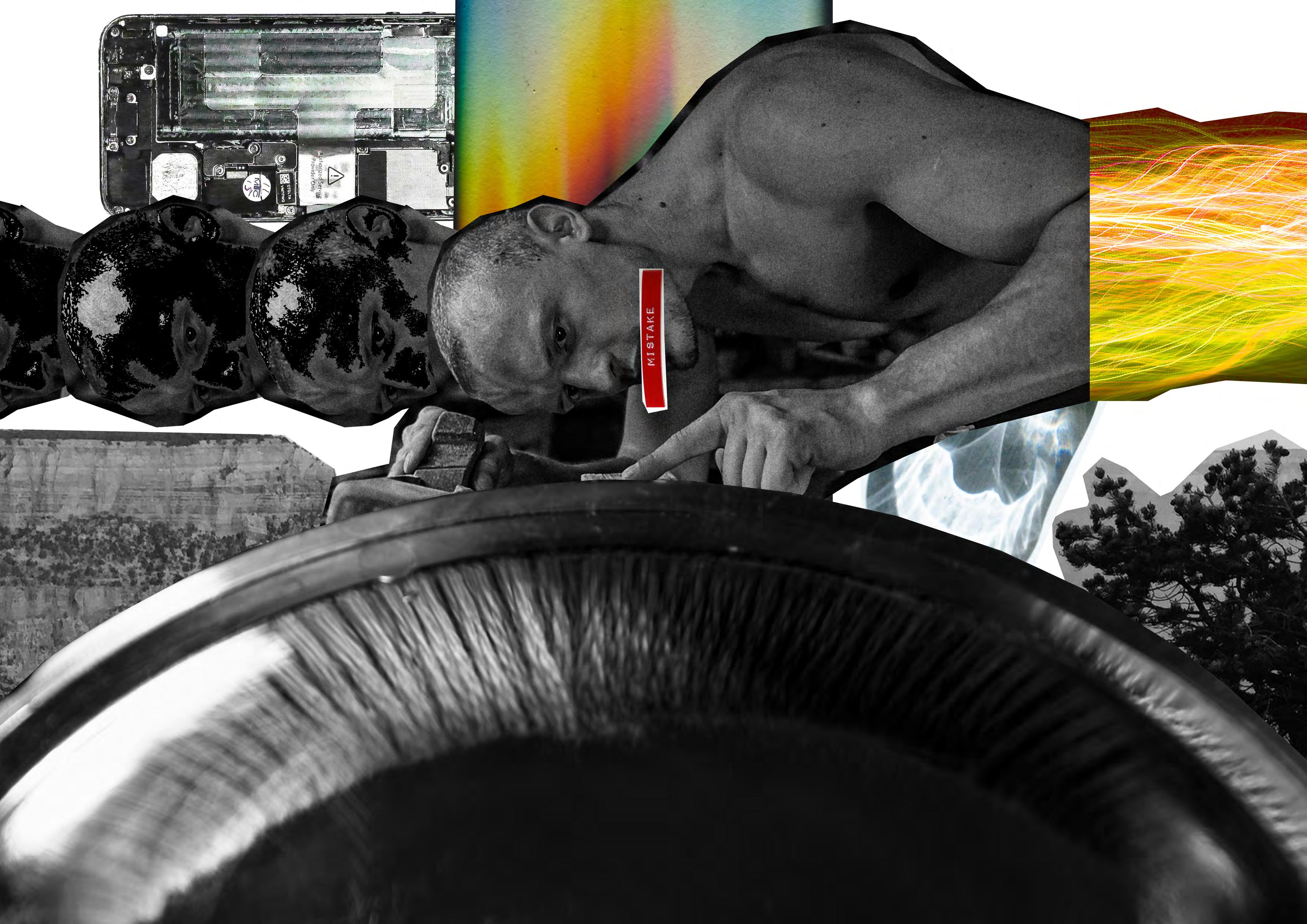
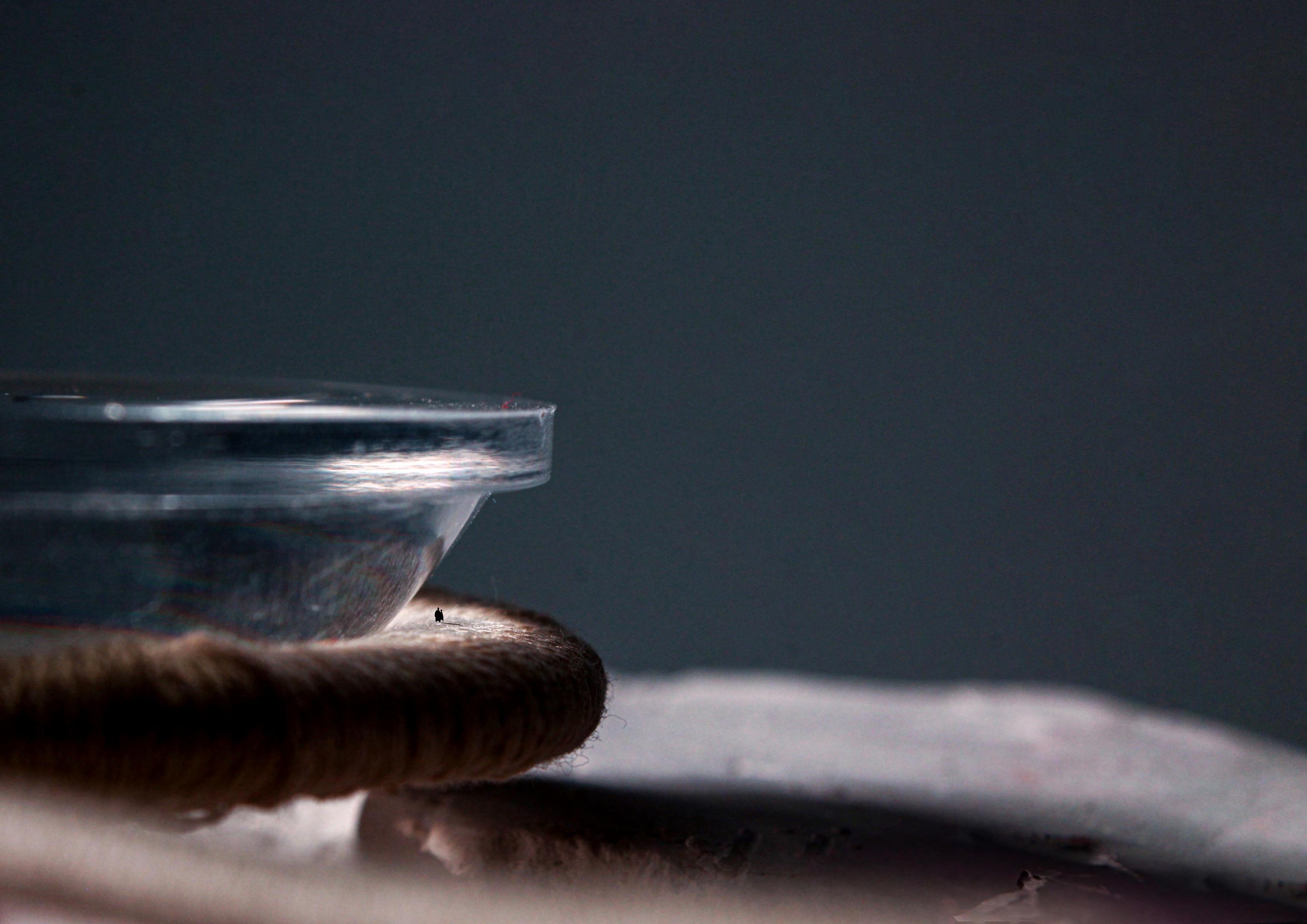
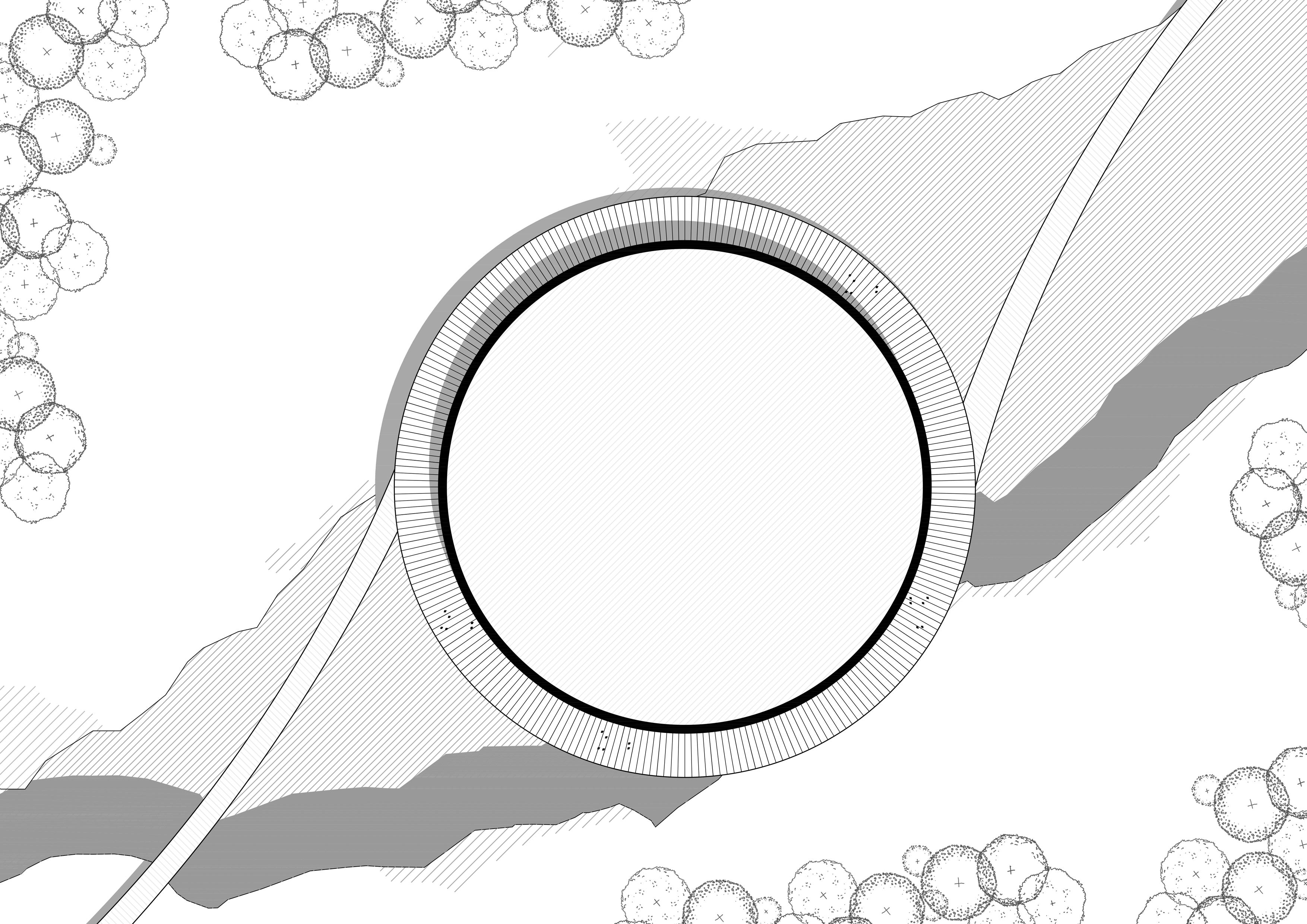
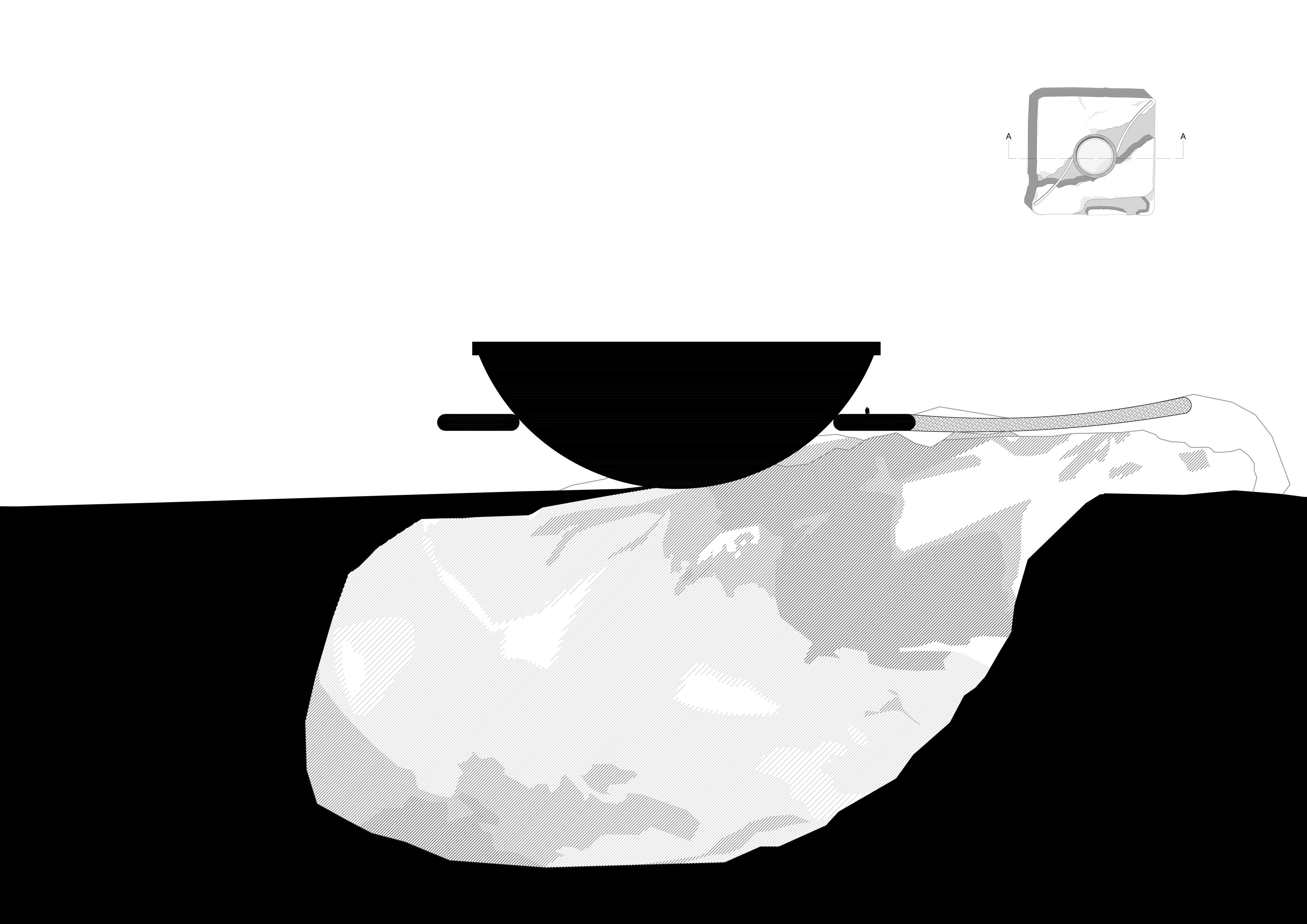
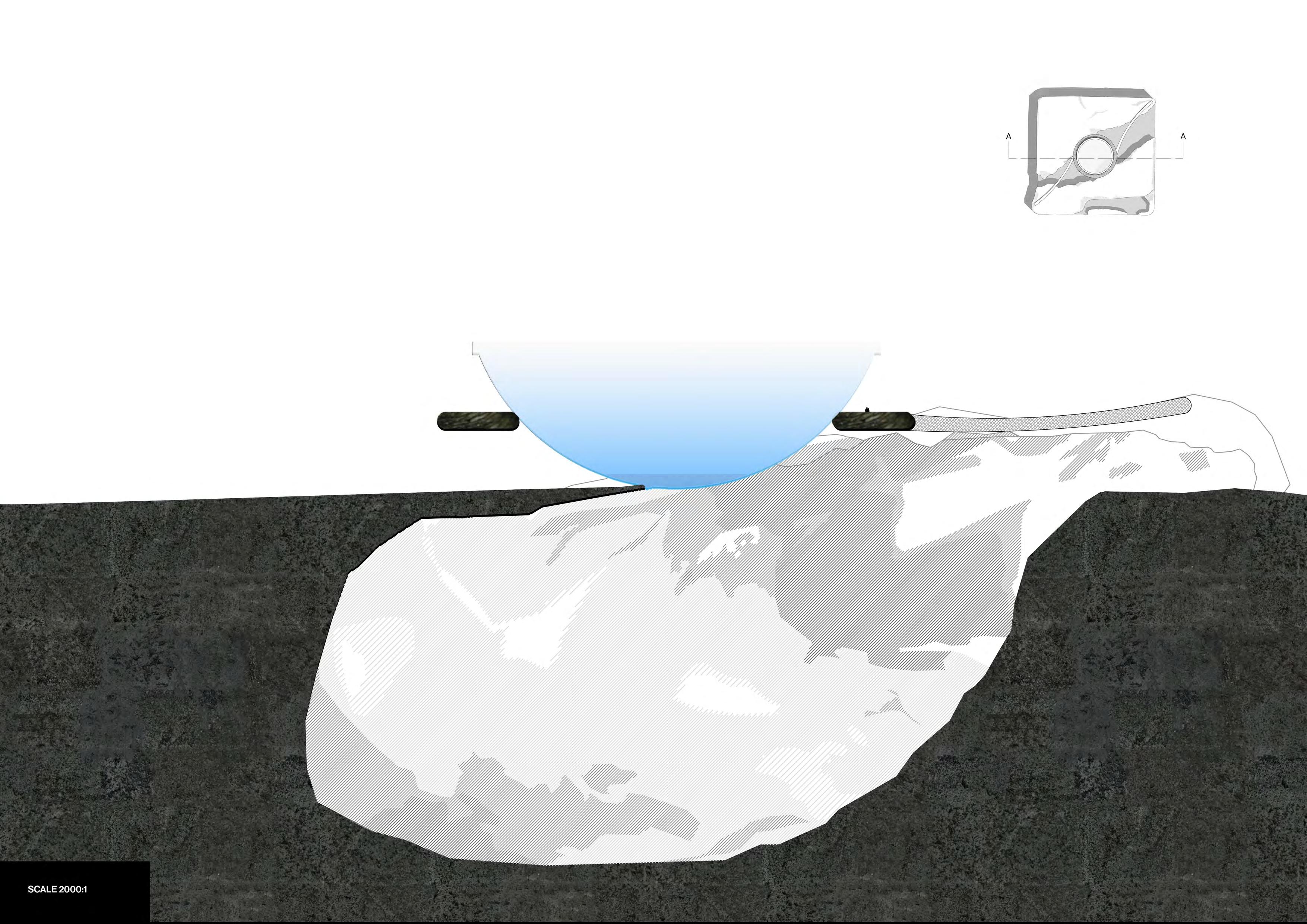
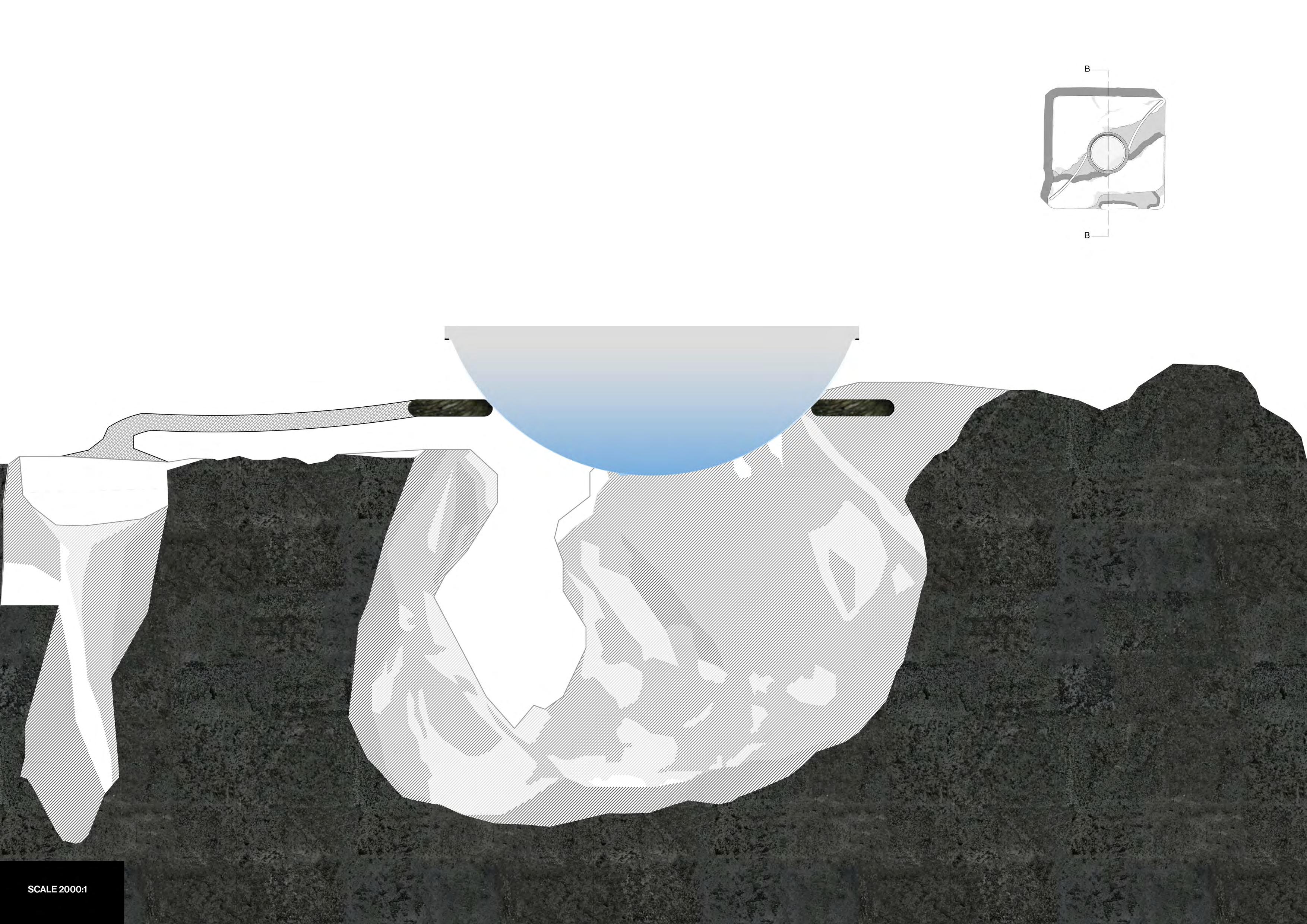








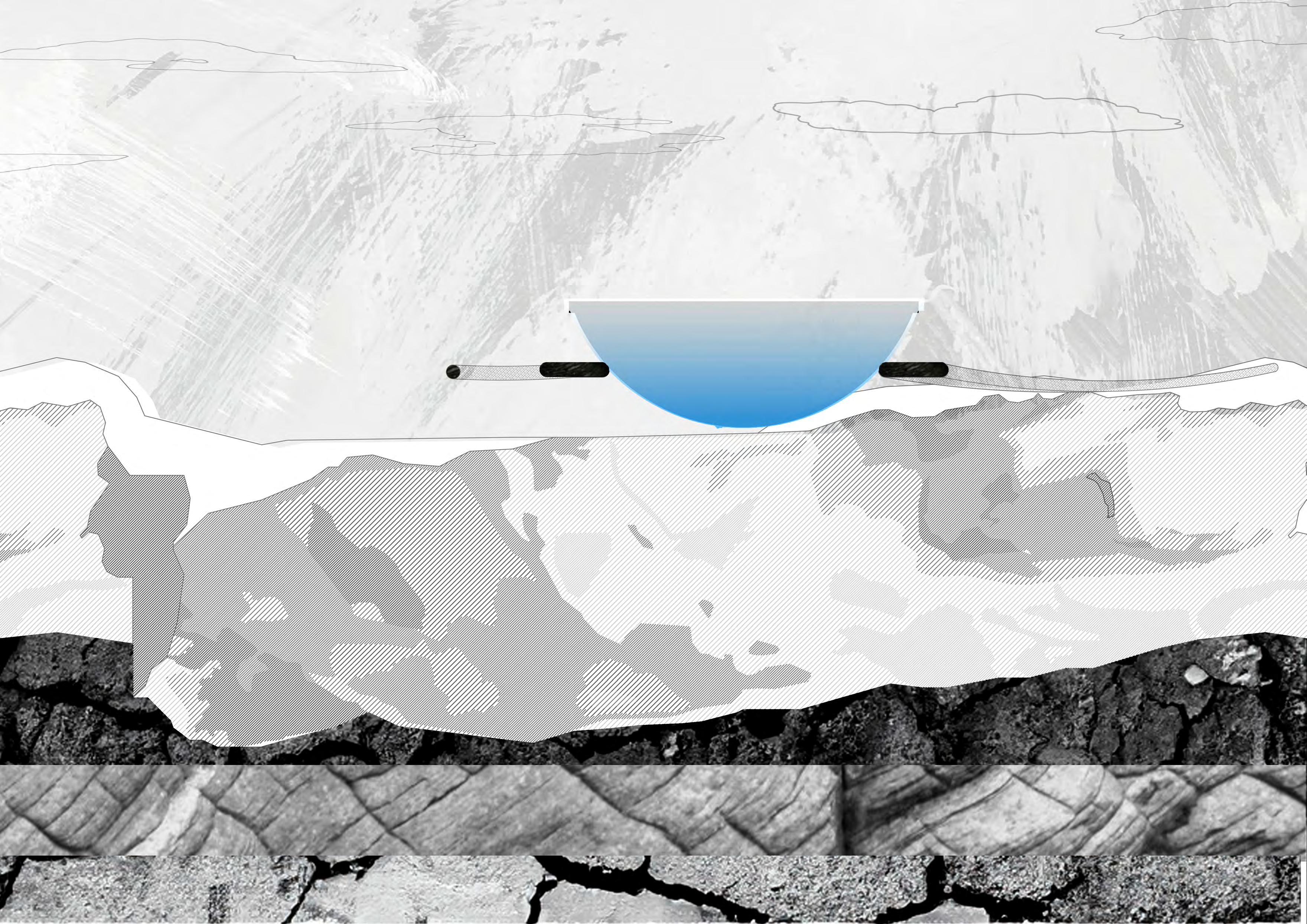
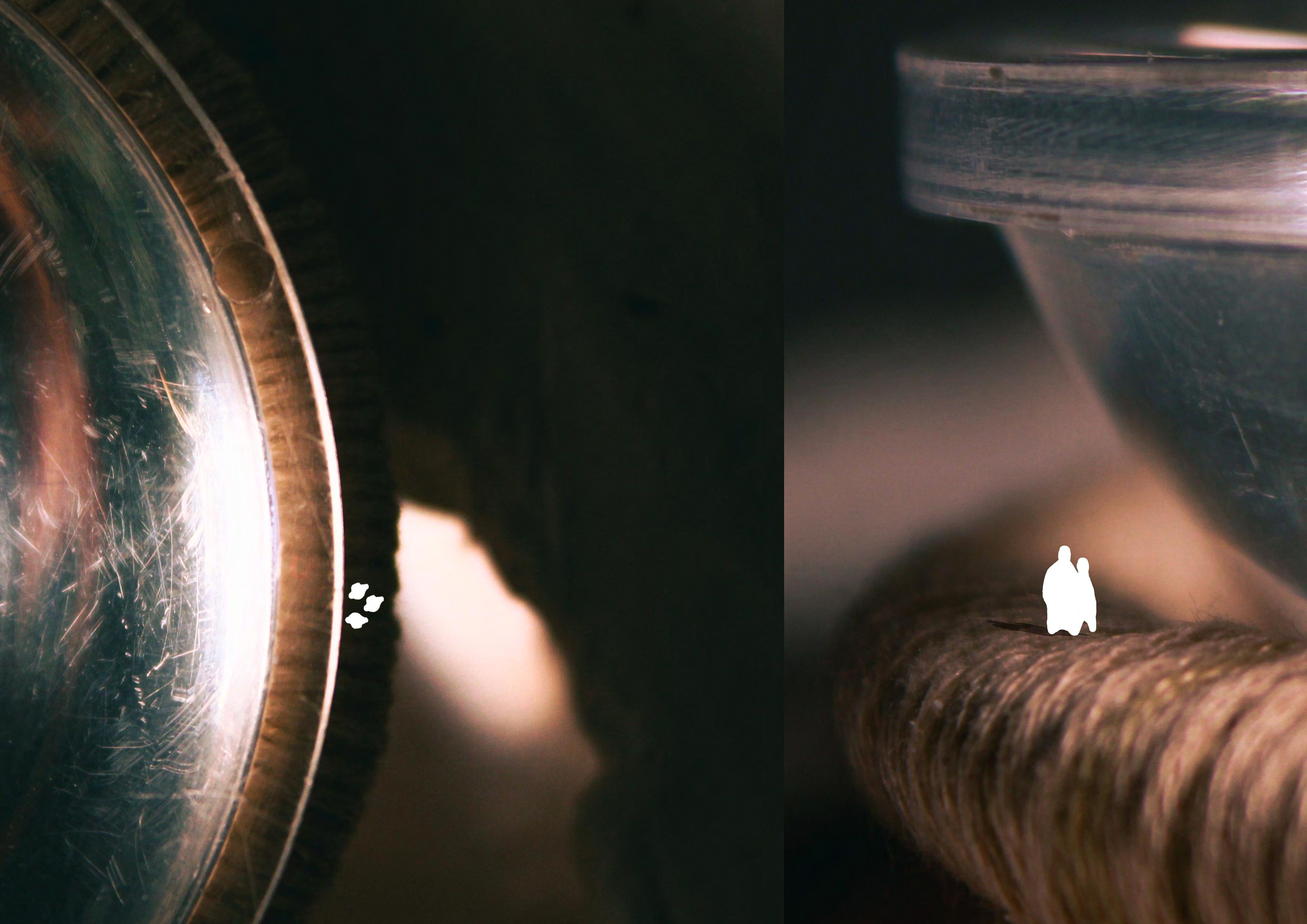
The name “mistake” comes from the reasoning behind the countless iterations that can be made and the chronic rejection of creative thinking in favor of a compulsive pursuit of perfection. personally experienced this thought process while constructing this Folly, a work devoid of perfection yet filled with the inevitable marks of human error.
One could say that this reflects the problem of reality, the dilemma of modern life, and the standards we impose on ourselves, which become an endless race in the mind of the artist.
During this process, the idea of time, hidden details, imperfections, and unnoticed errors came to mind.
Rather than concealing them, wanted these aspects to be highlighted through the Folly itself. And what better way to emphasize them than with light? Light reveals the hidden, avoids superficial appearances, and confronts us with what is real.
Throughout the project, carried out various explorations and experiments with light, which guided me toward the final design of the Folly.
Eventually, came across a circular prism: scratched, broken, hidden, and opaque. The way it refracted light turned it into a kind of magnifying glass, a catalyst that accentuated the observation of those invisible or overlooked details. The entire process of interaction between the prism and the light is what led me to decide to use it as the key element in my final Folly.
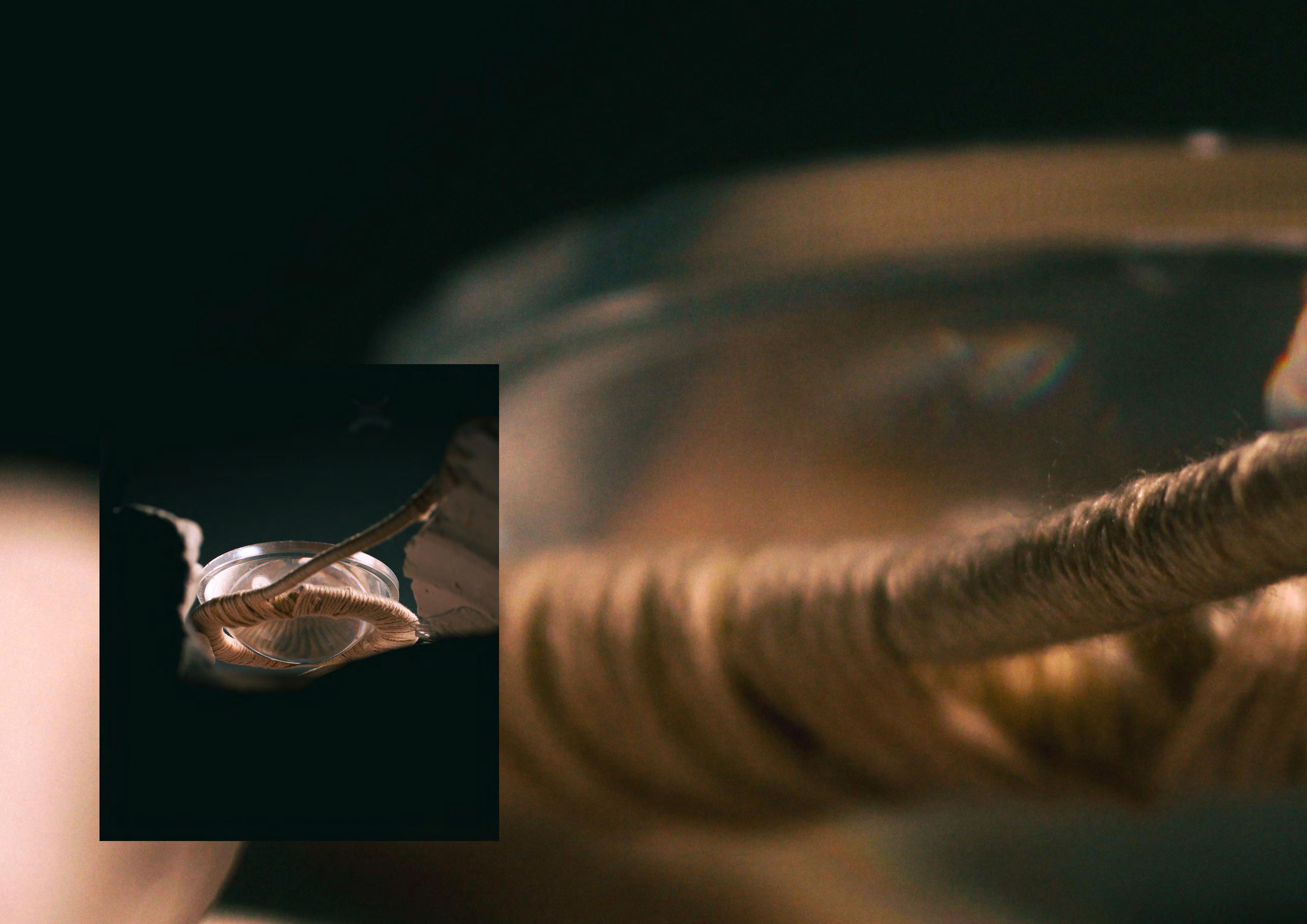

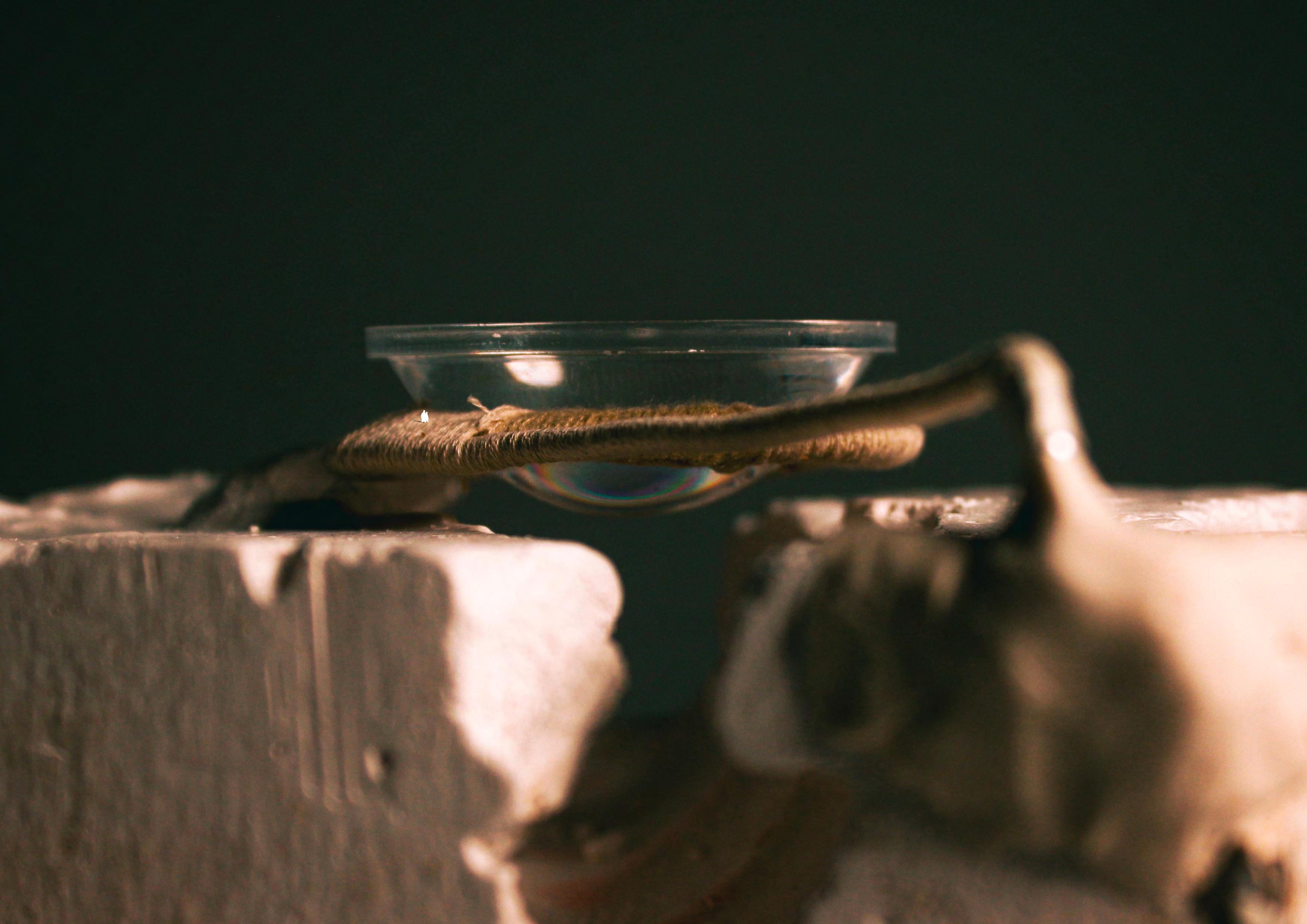
A prism is an optical element that separates different light waves as they pass through a surface with distinct properties. The white light beam, which represents visible wavelengths, is actually composed of a continuous spectrum of colors that we don’t always perceive. Isaac Newton was the first to understand how light decomposes when passing through a prism, a phenomenon known as dispersion. This occurs when white light passes through a medium with different refractive indices, dividing it into its spectral colors.
Each color component of light bends differently as it enters the prism, depending on its wavelength. Longer wavelengths refract less, while shorter ones experience greater curvature. The shape of the prism and the properties of the materials it is made of are essential in determining how light behaves. Factors such as the angle of incidence of the light beam and the refractive indices of the material, along with air conditions, determine how much light is reflected or refracted. believe the prism is a direct metaphor for the message I aim to convey in “Mistake.” interpret the
and
